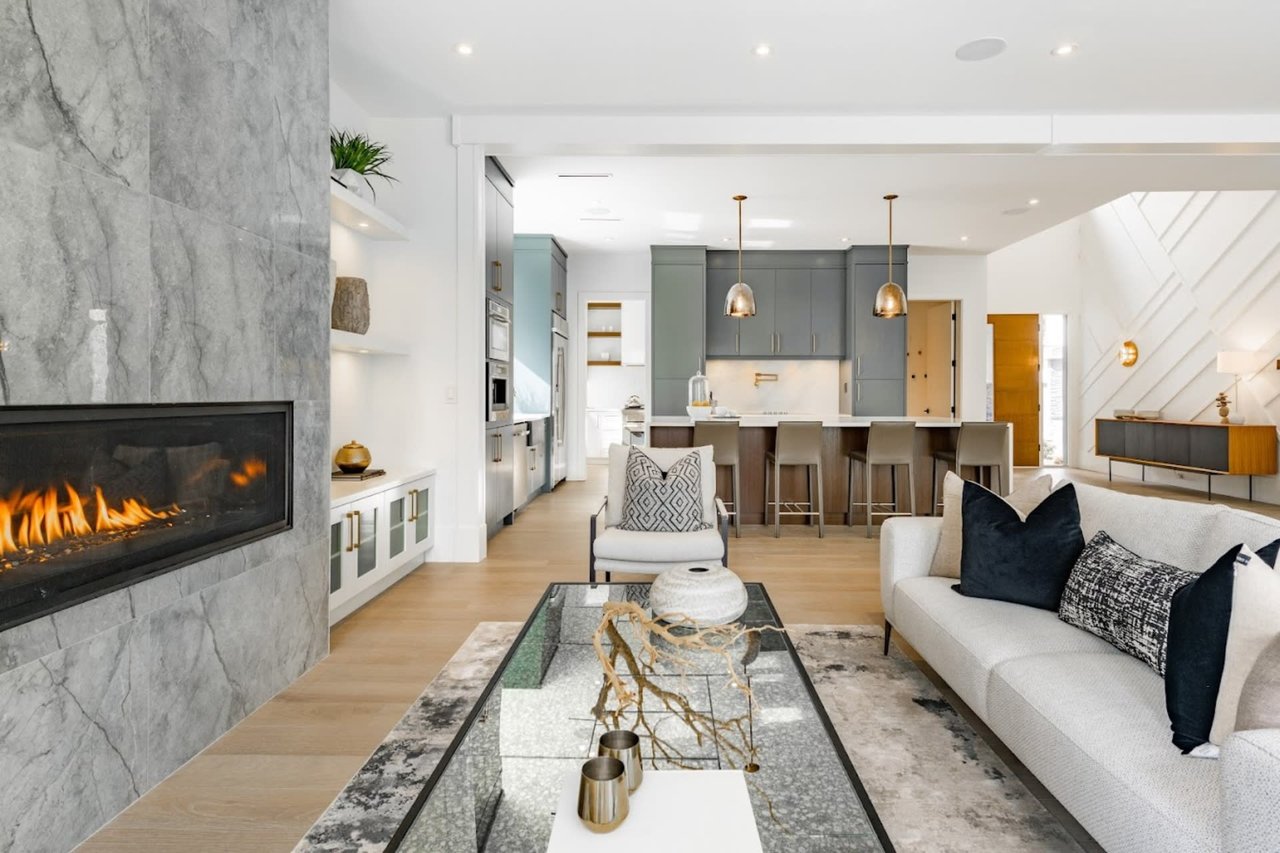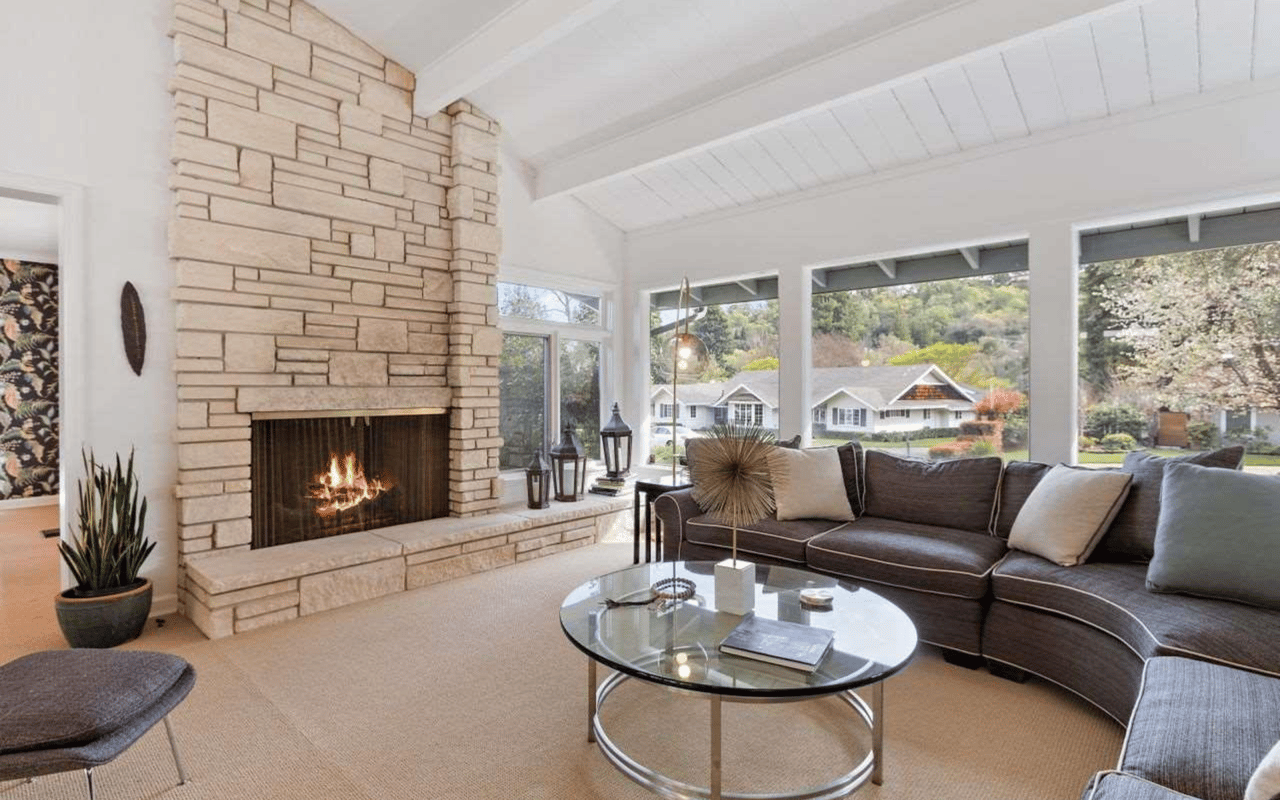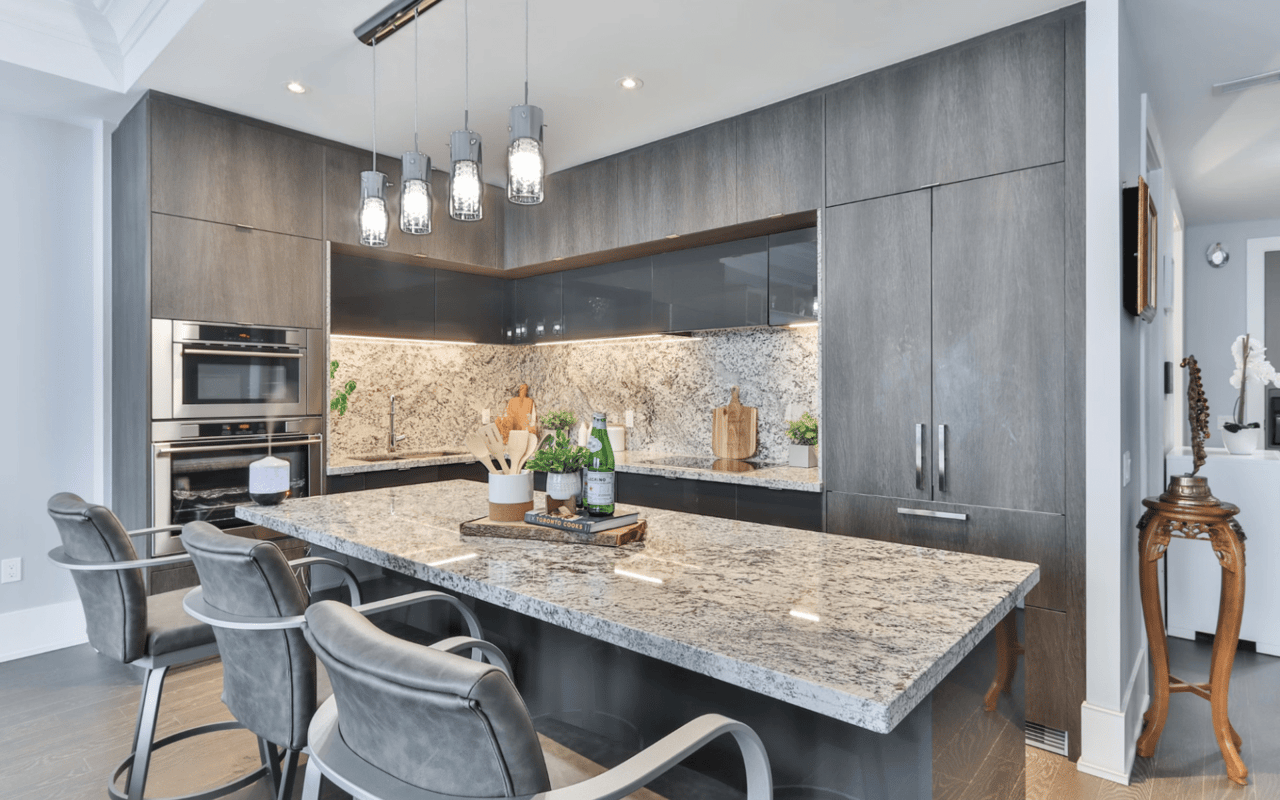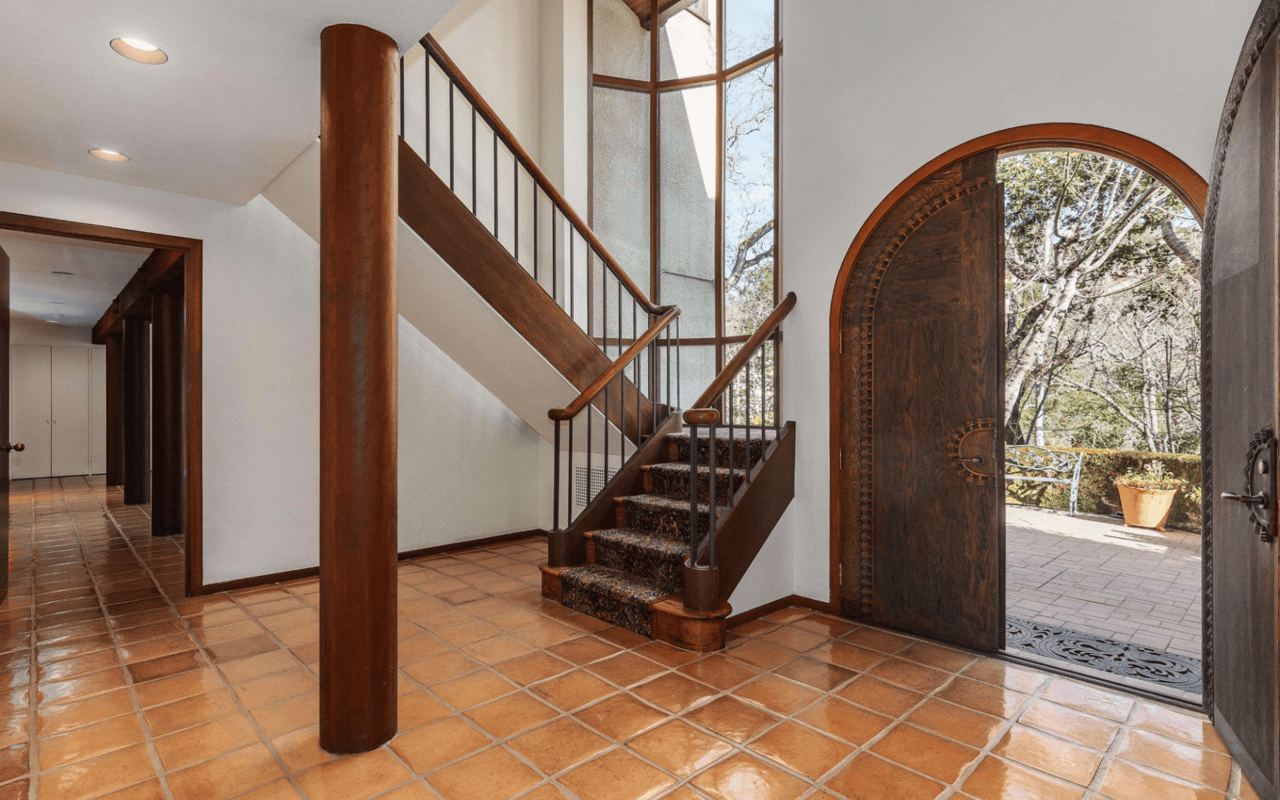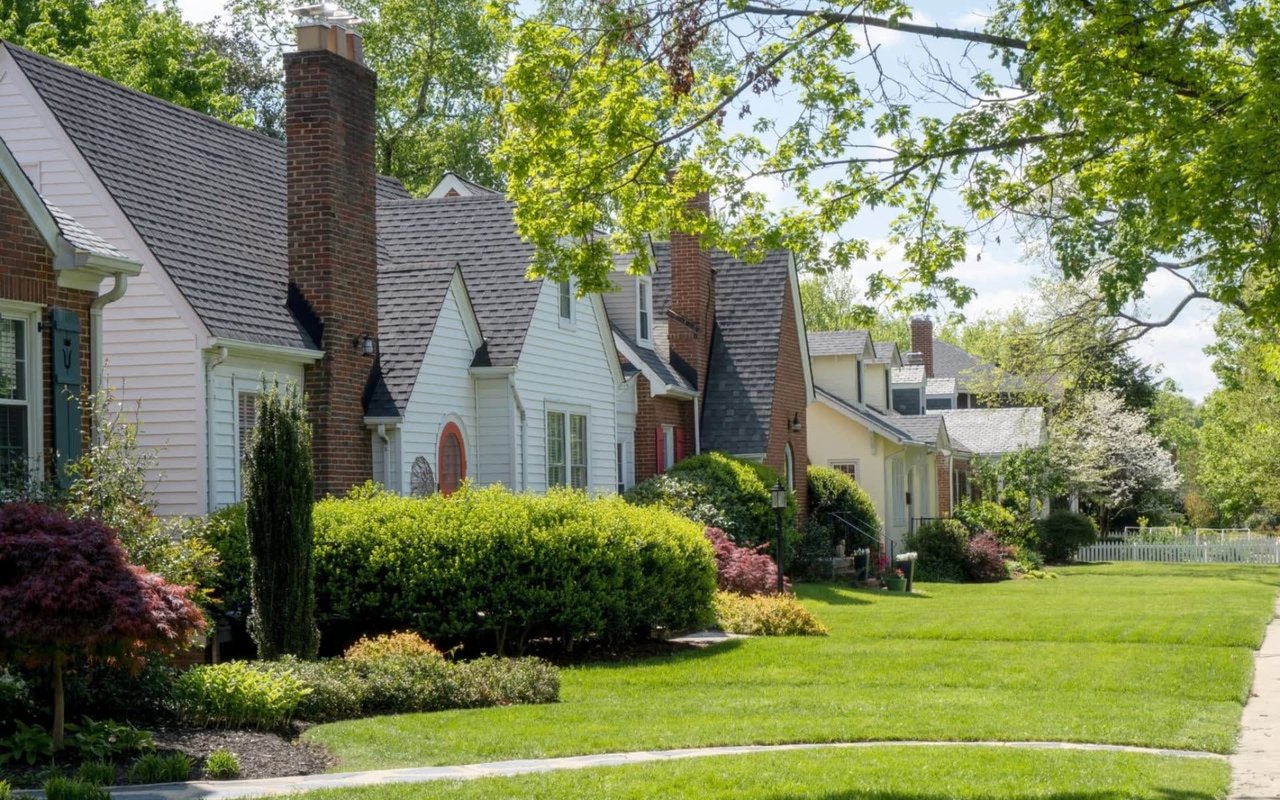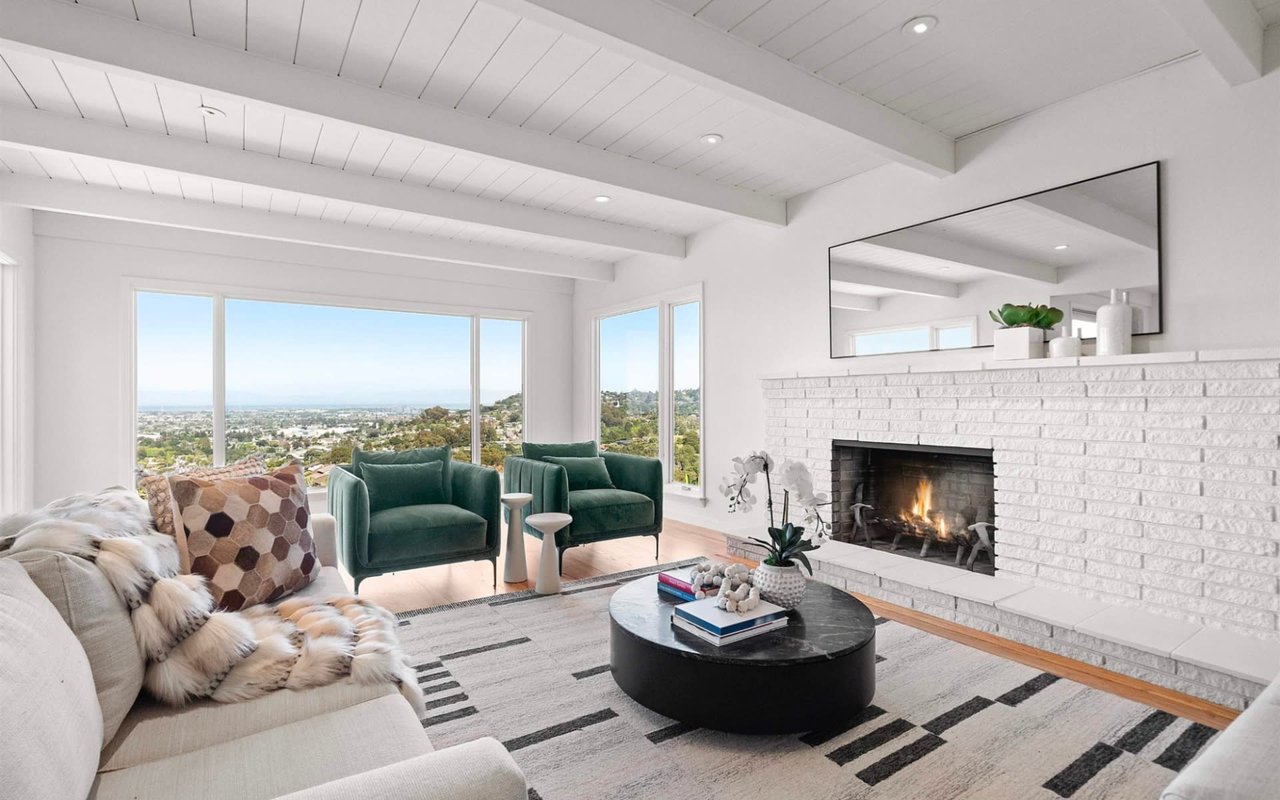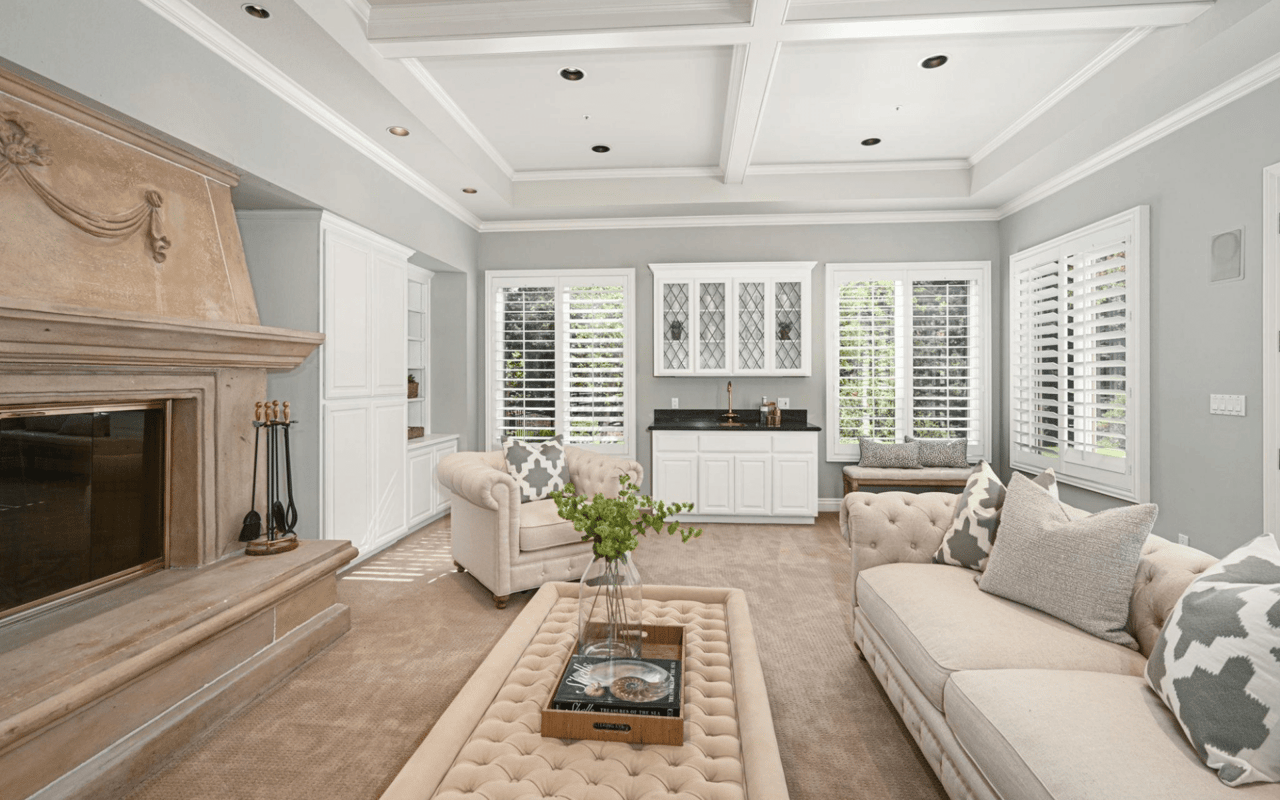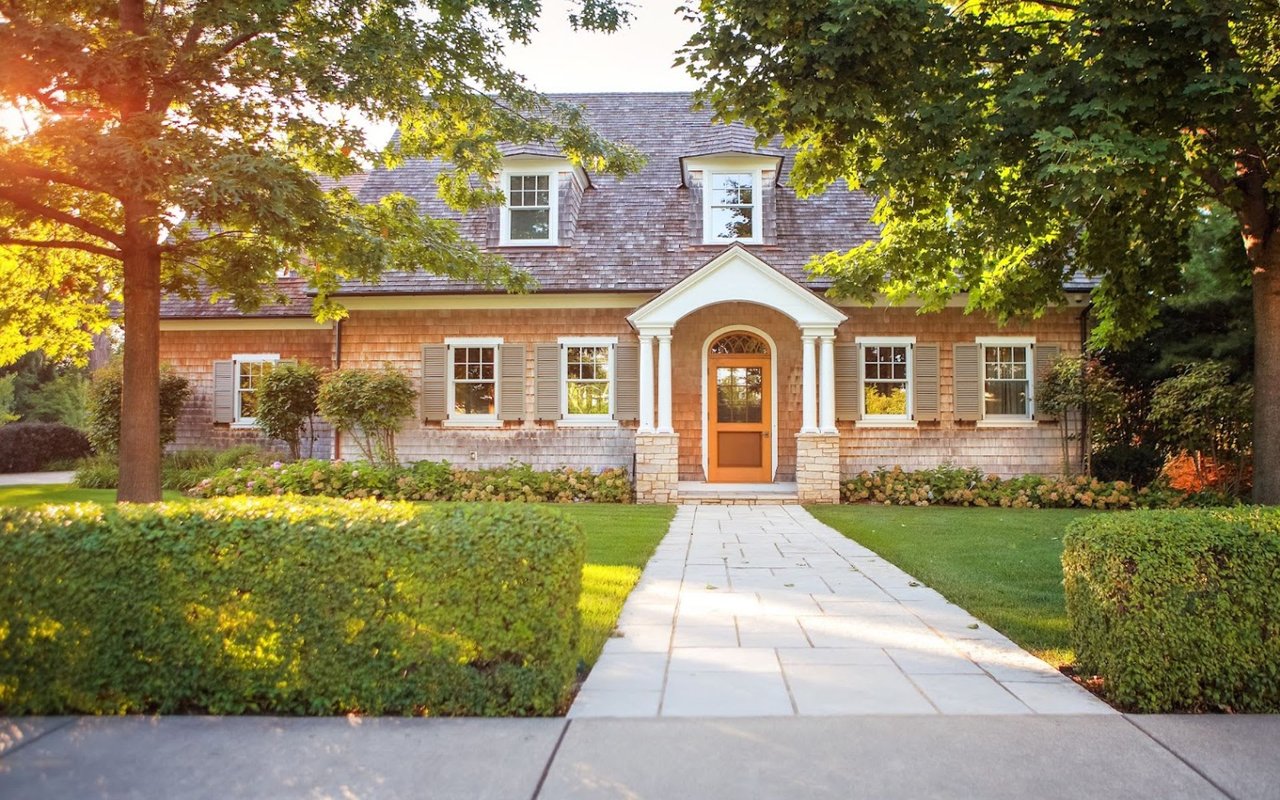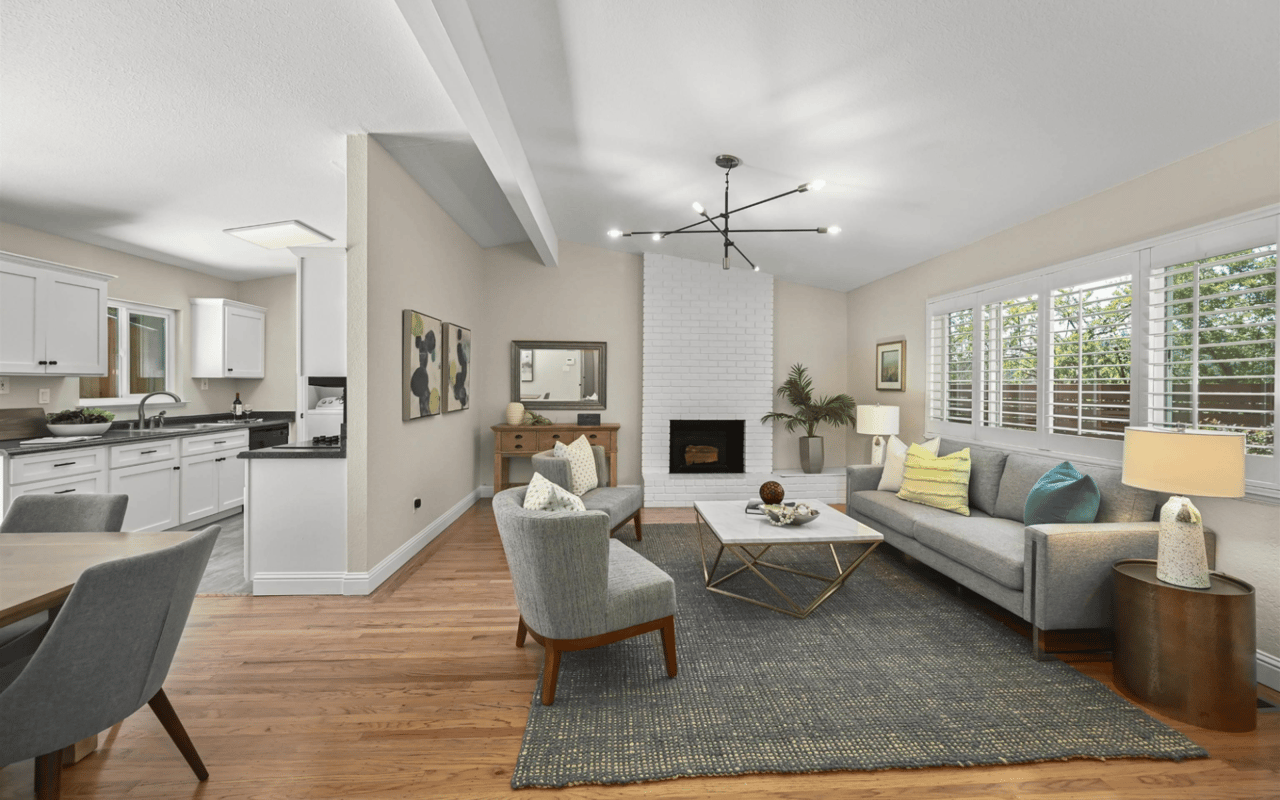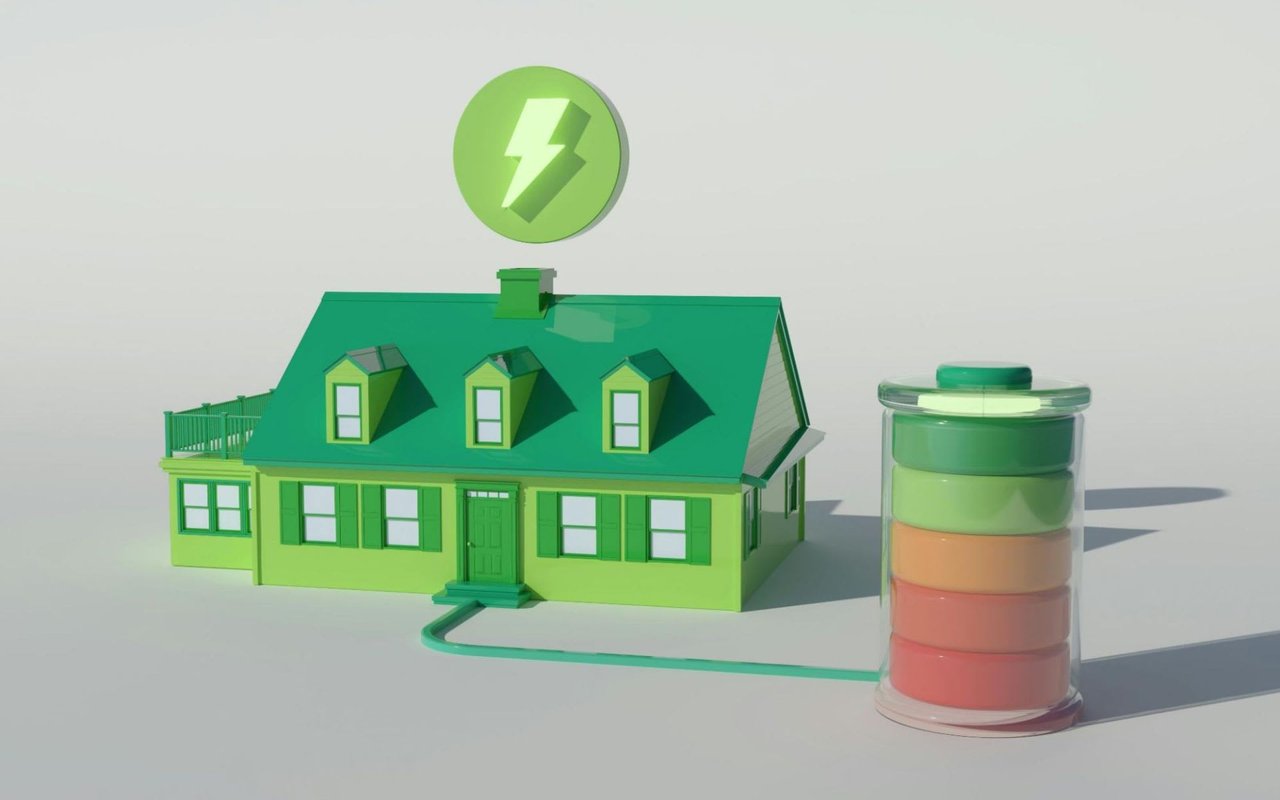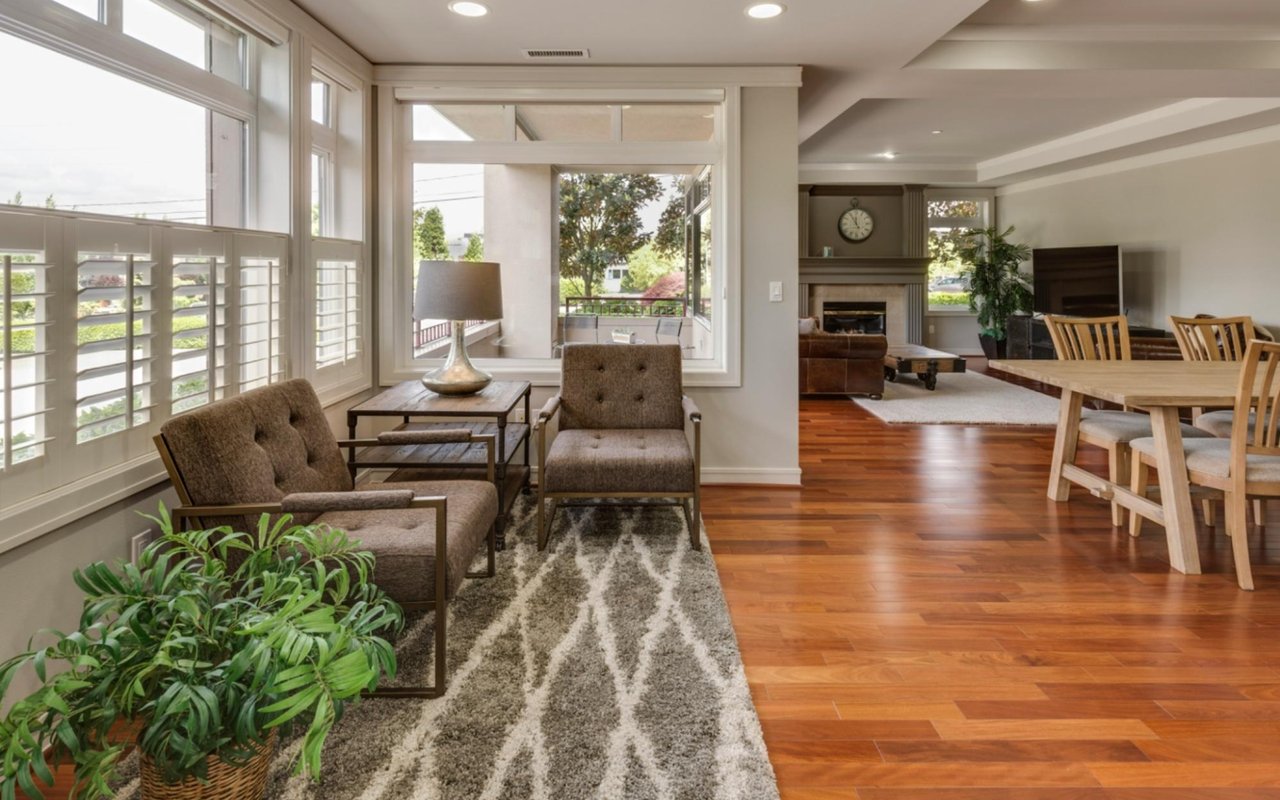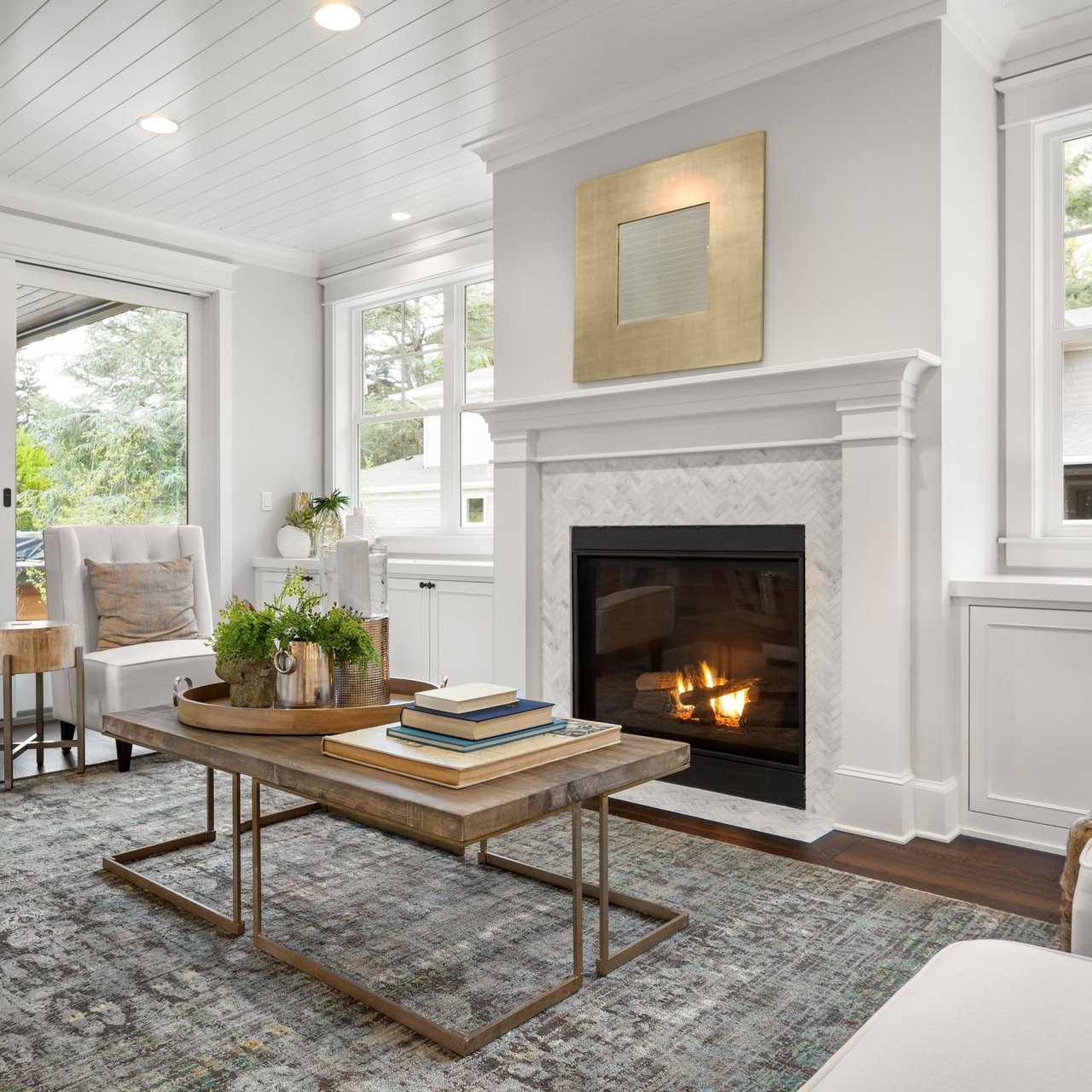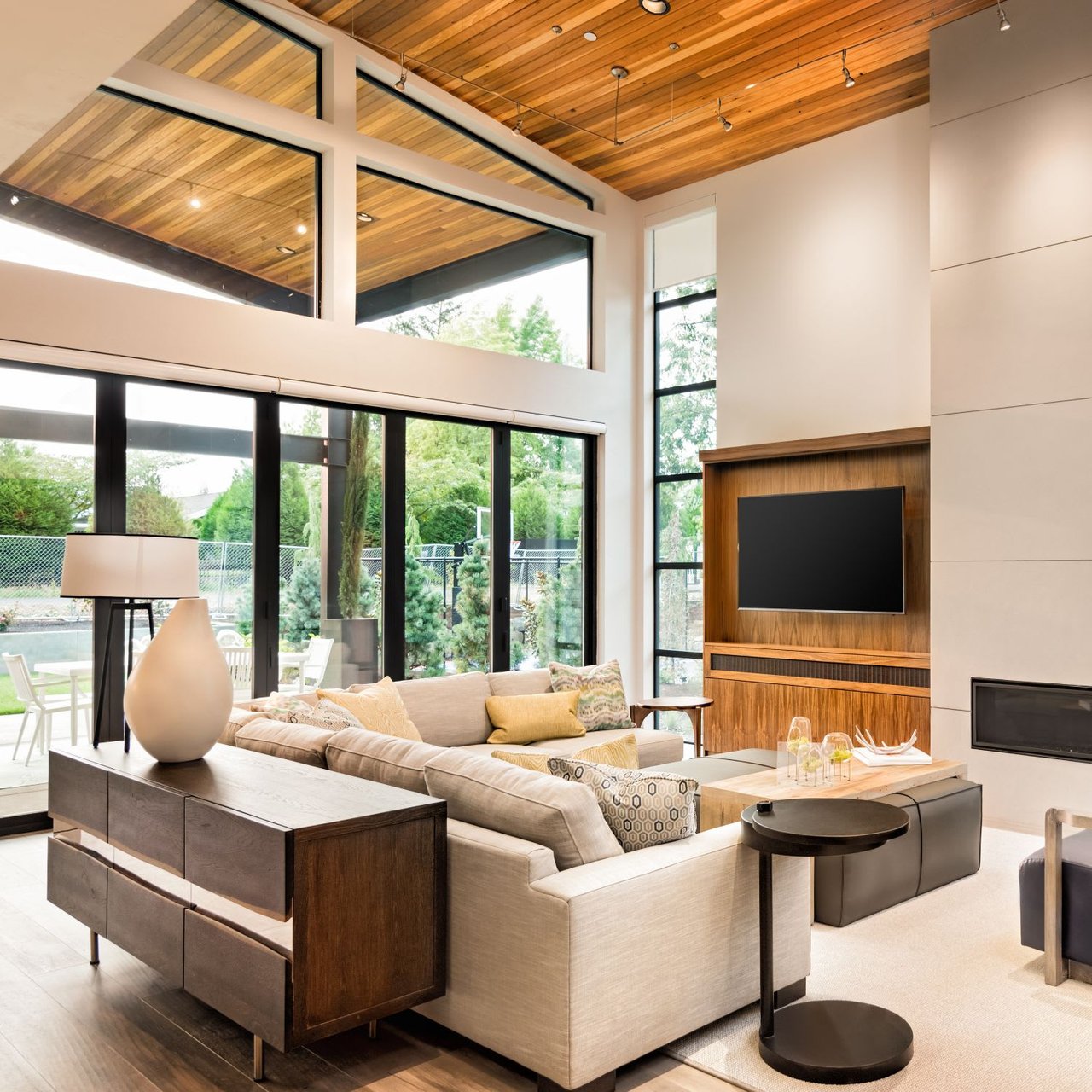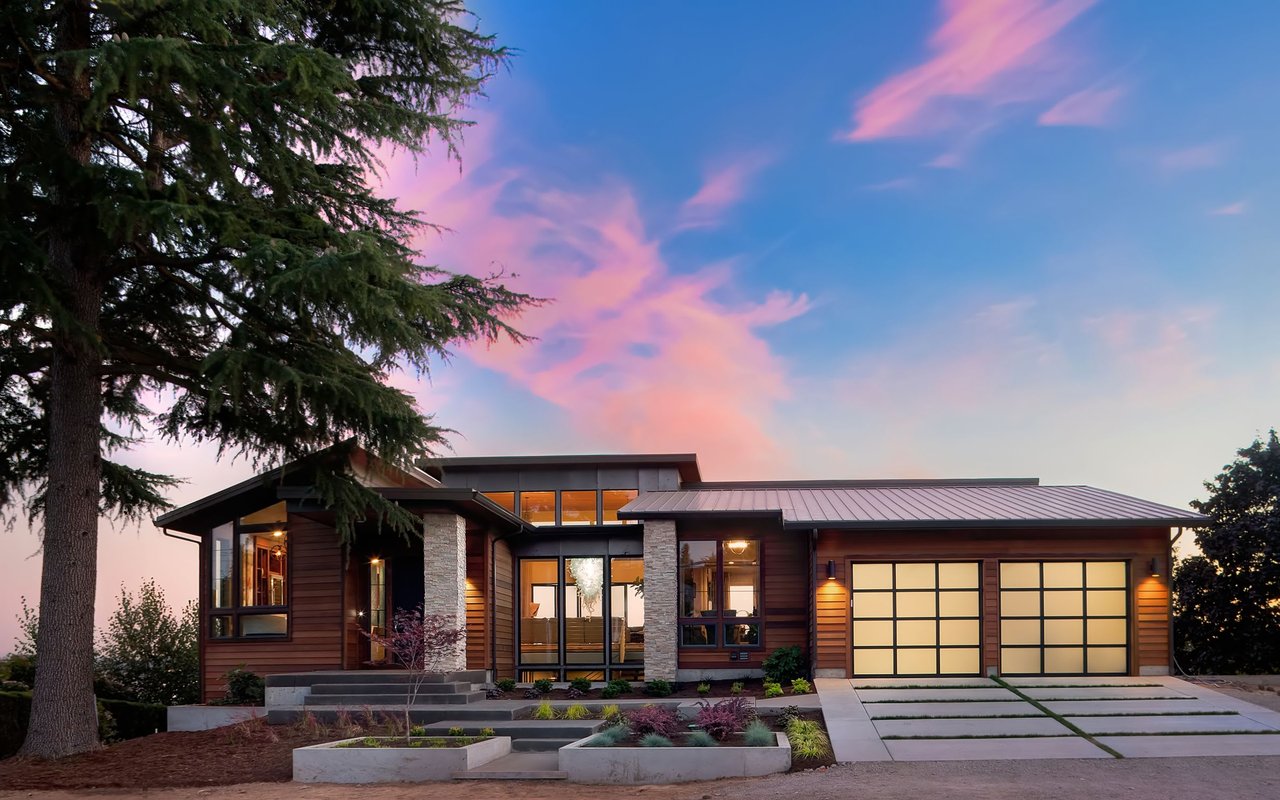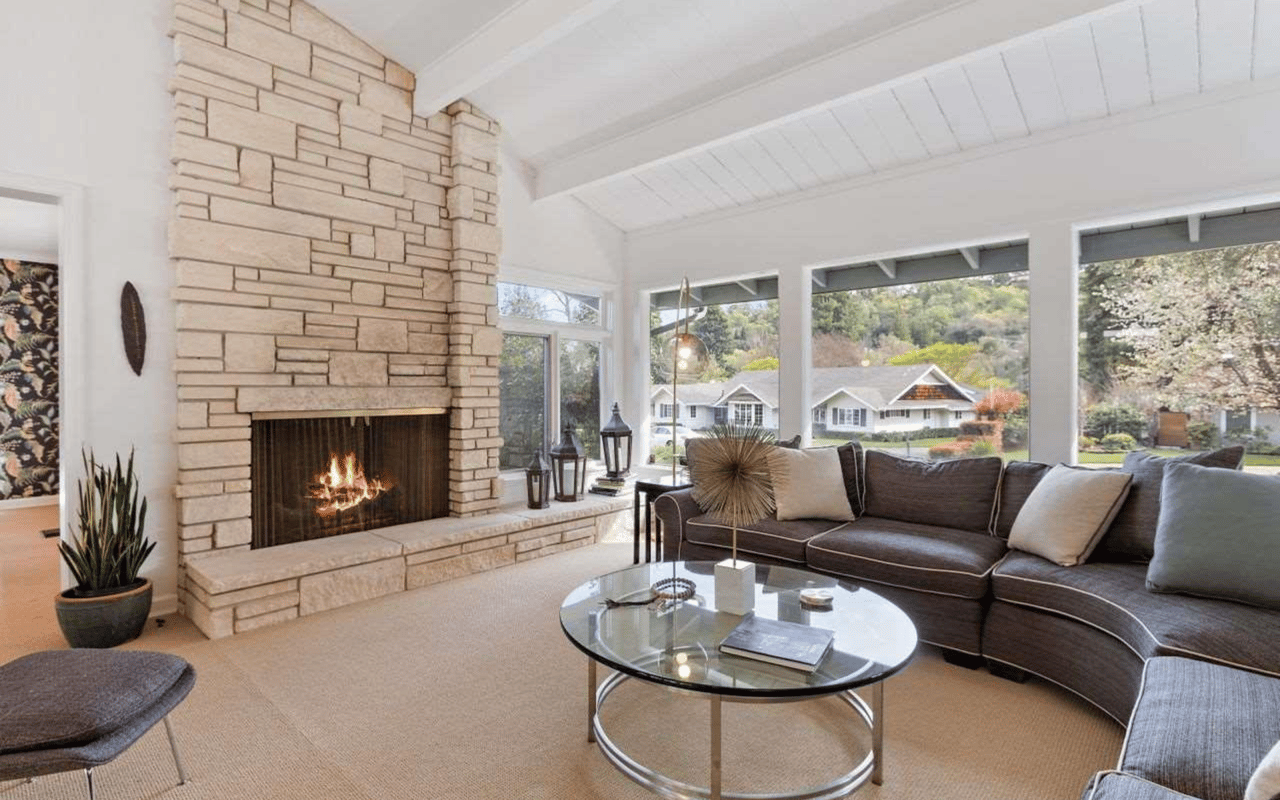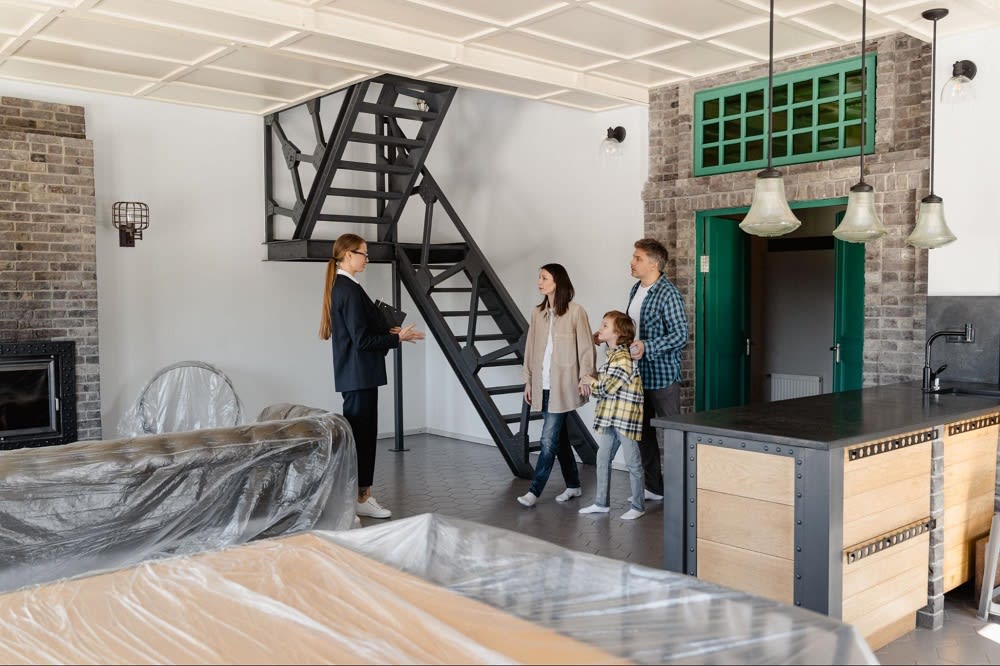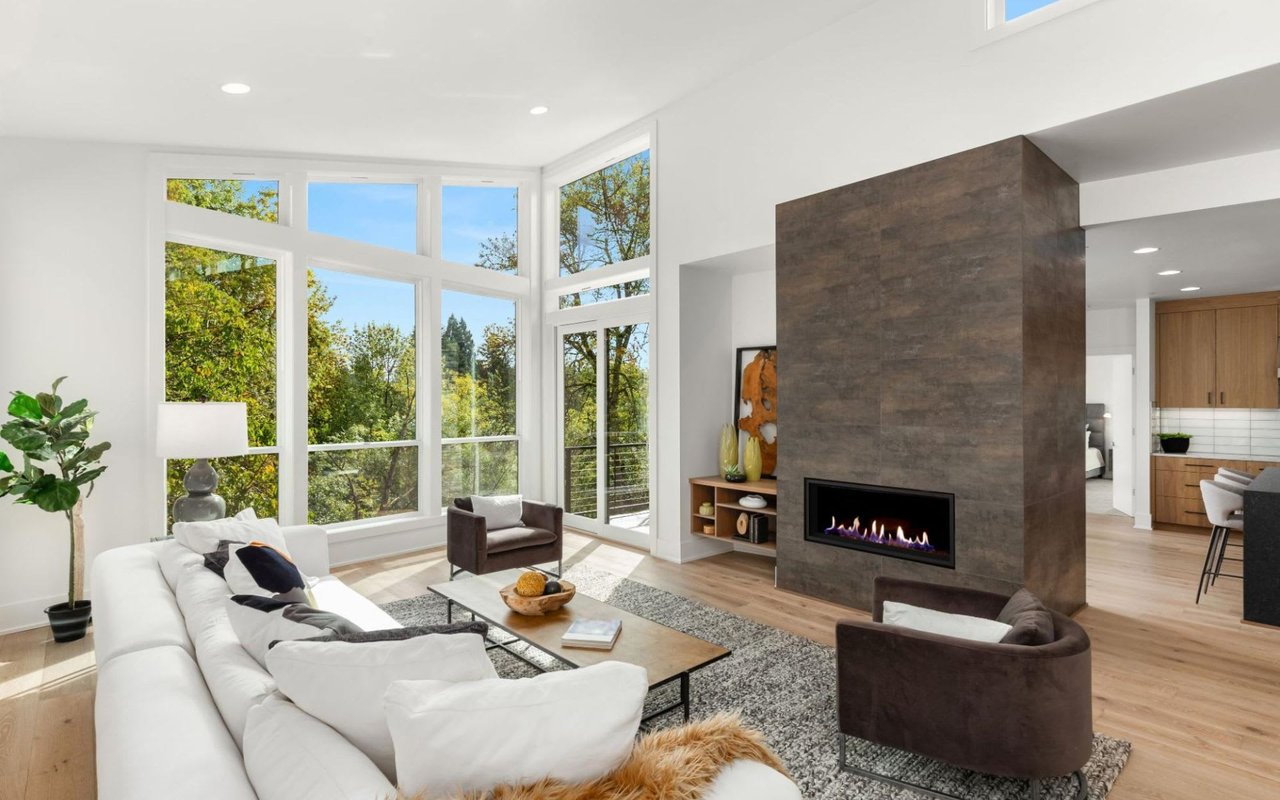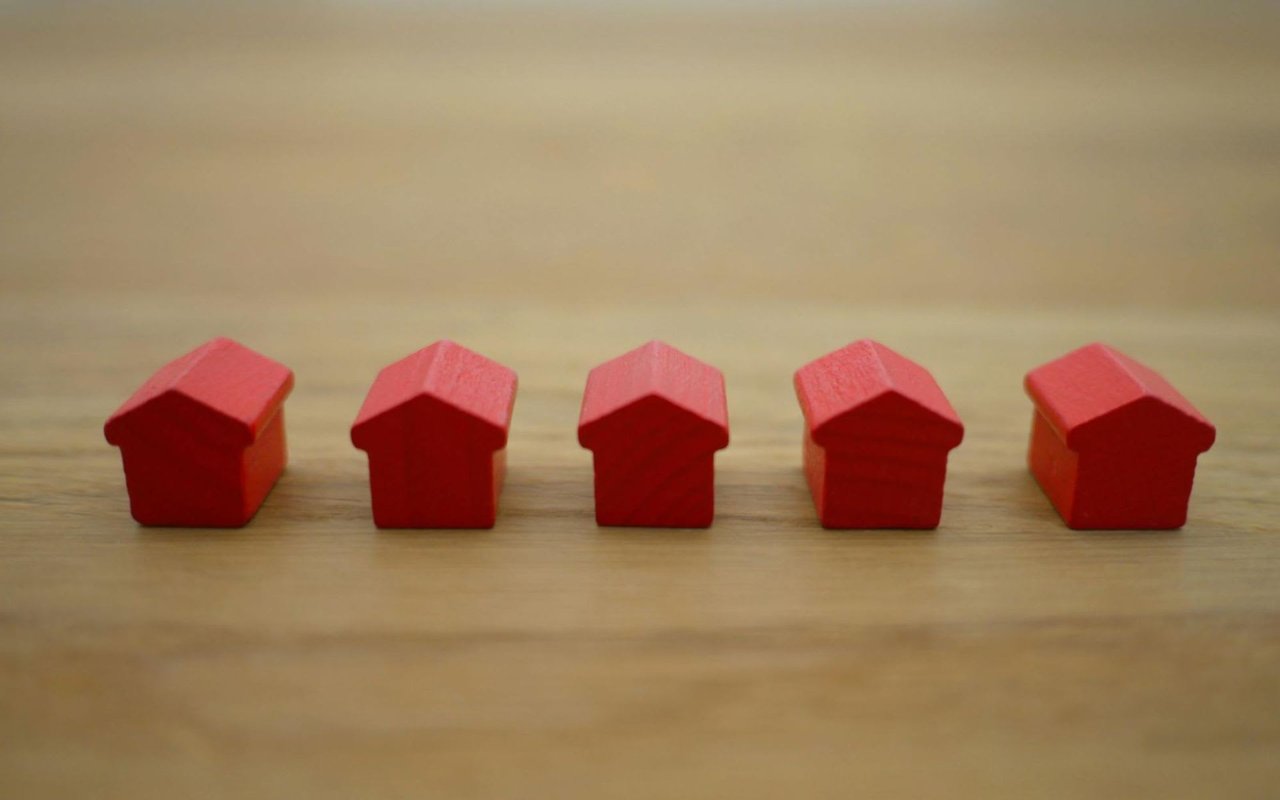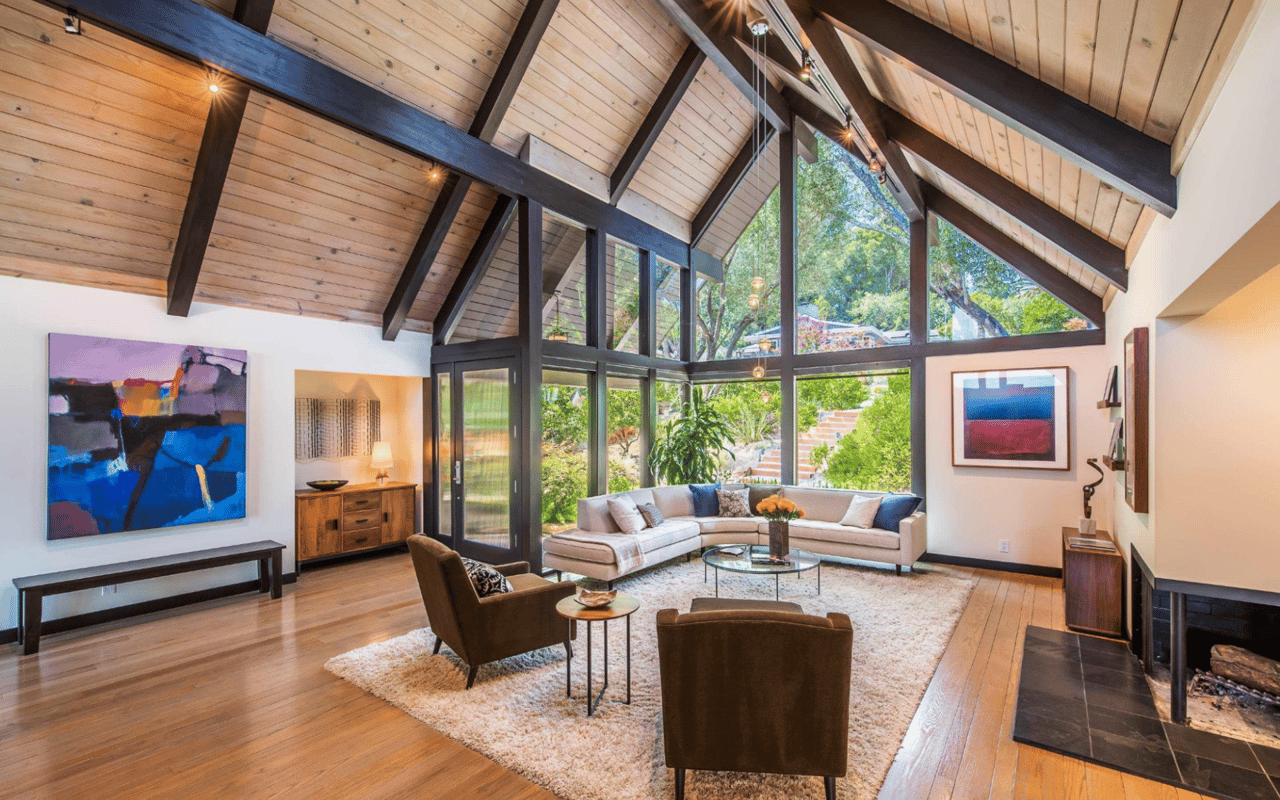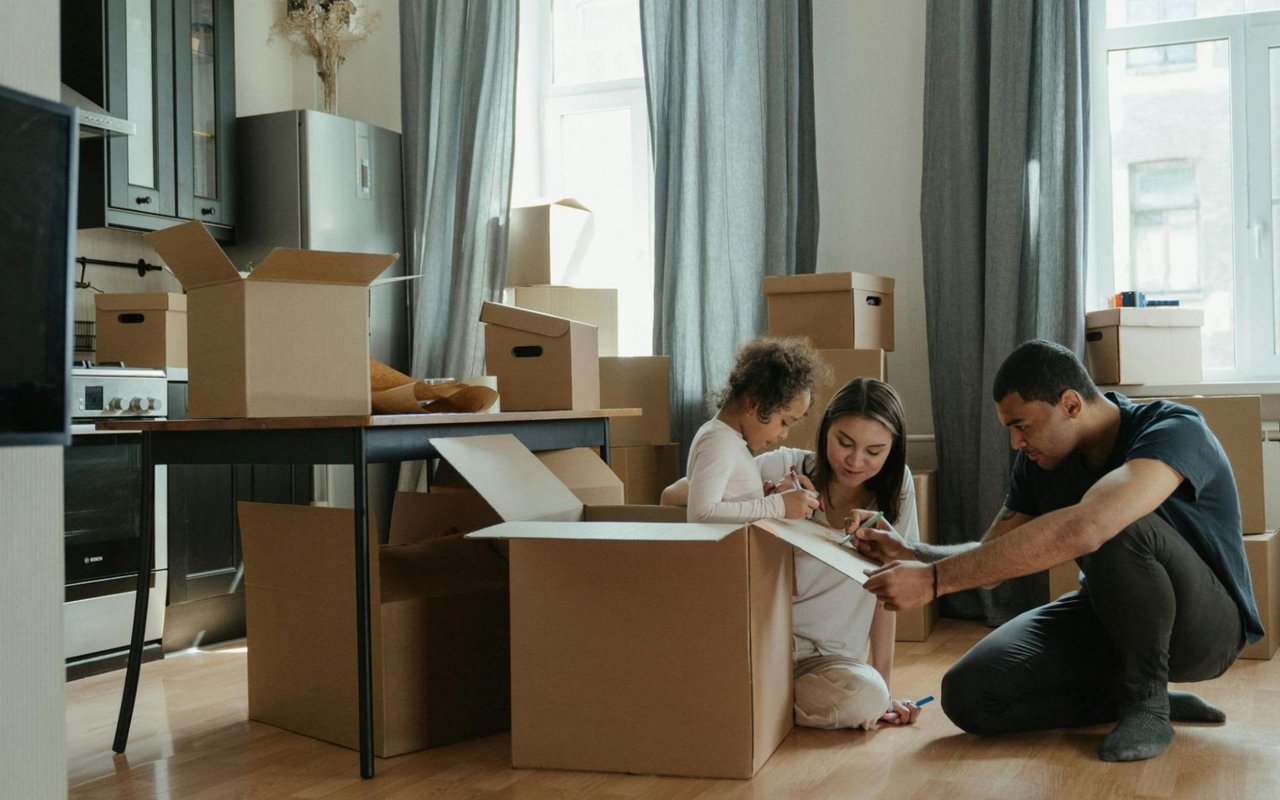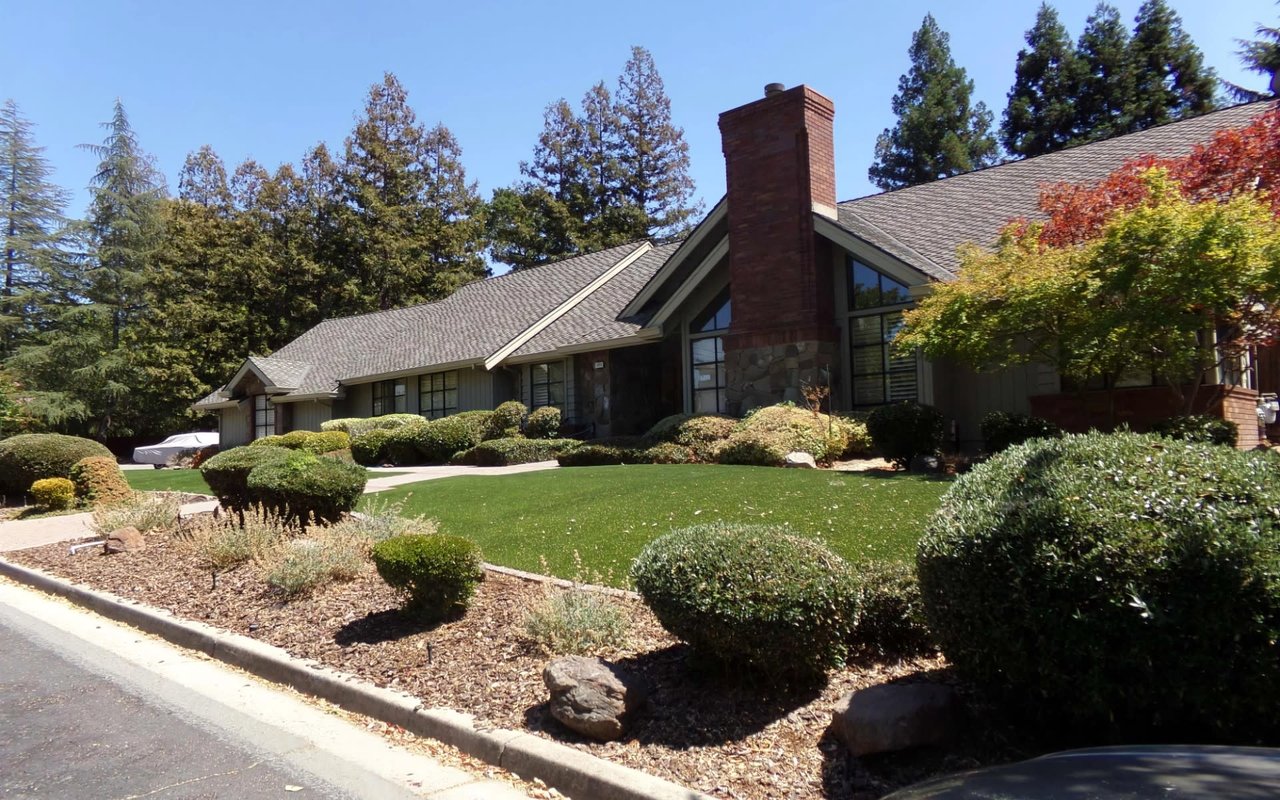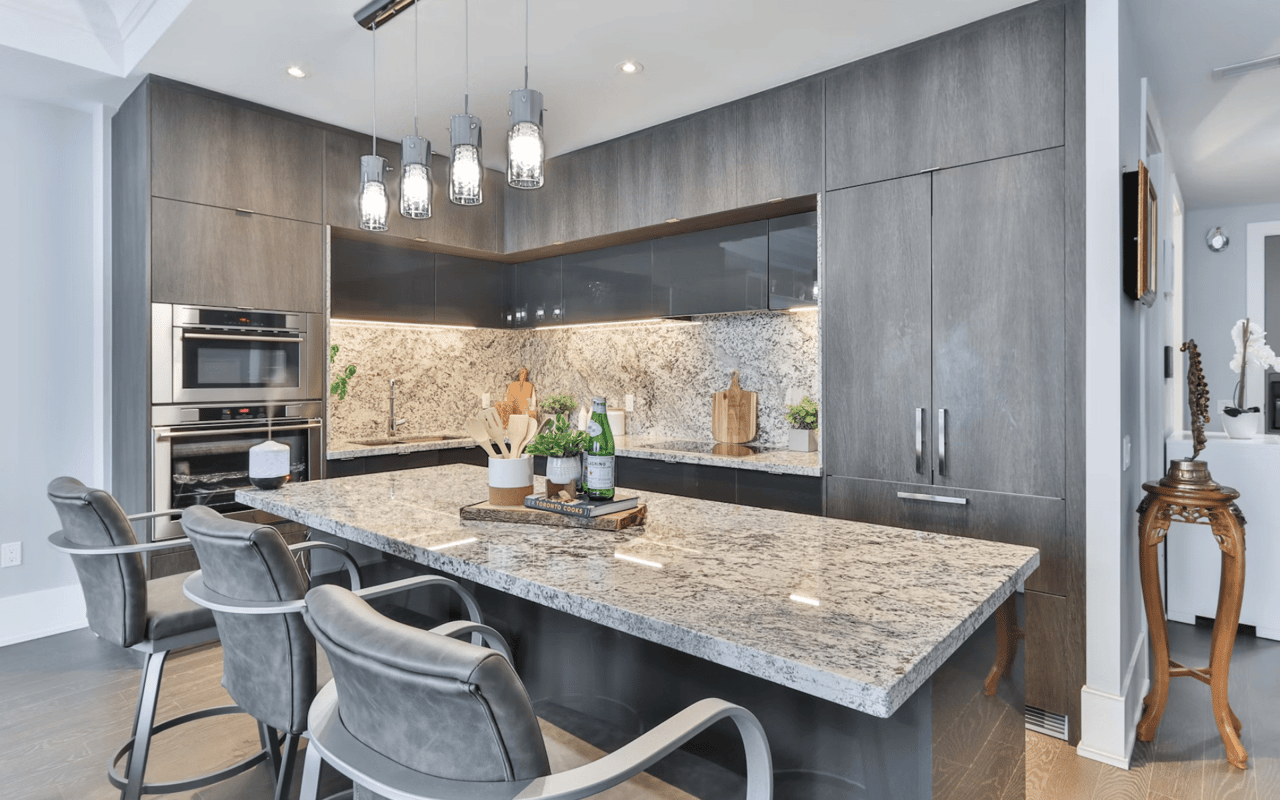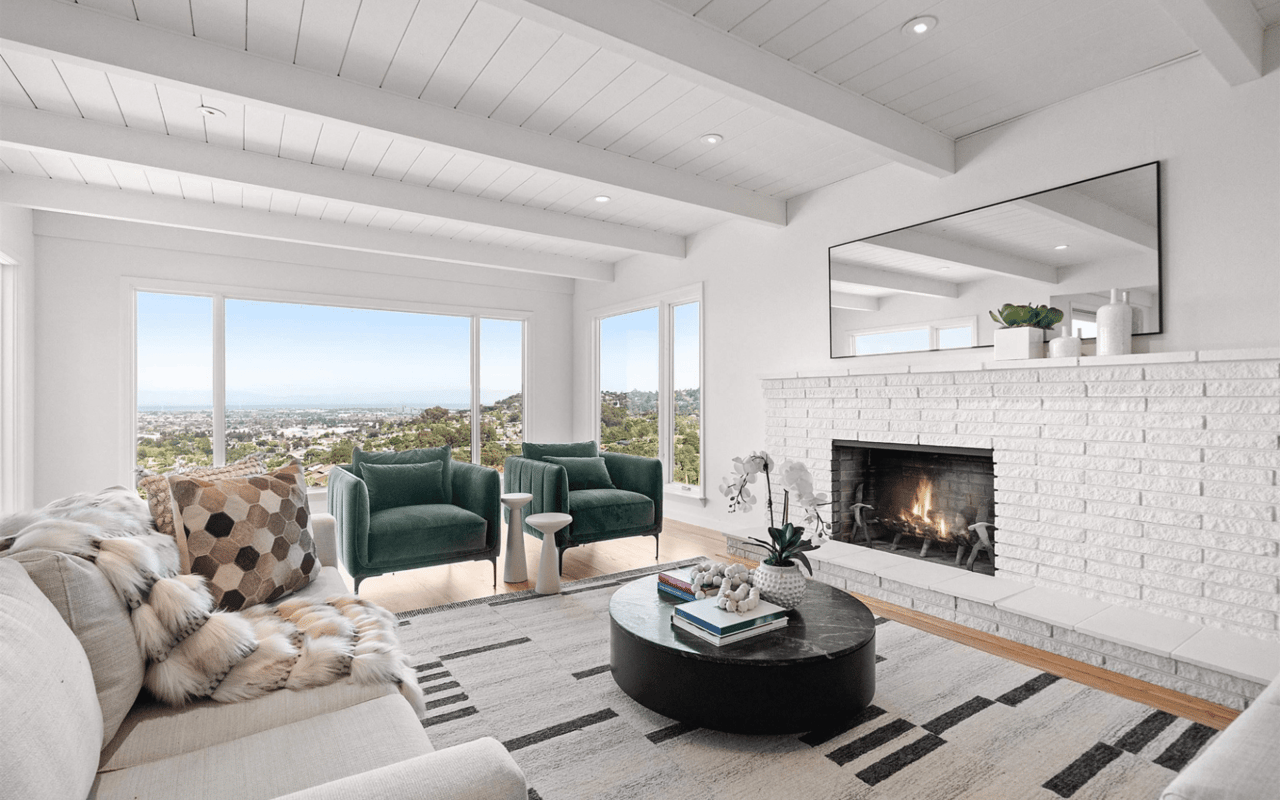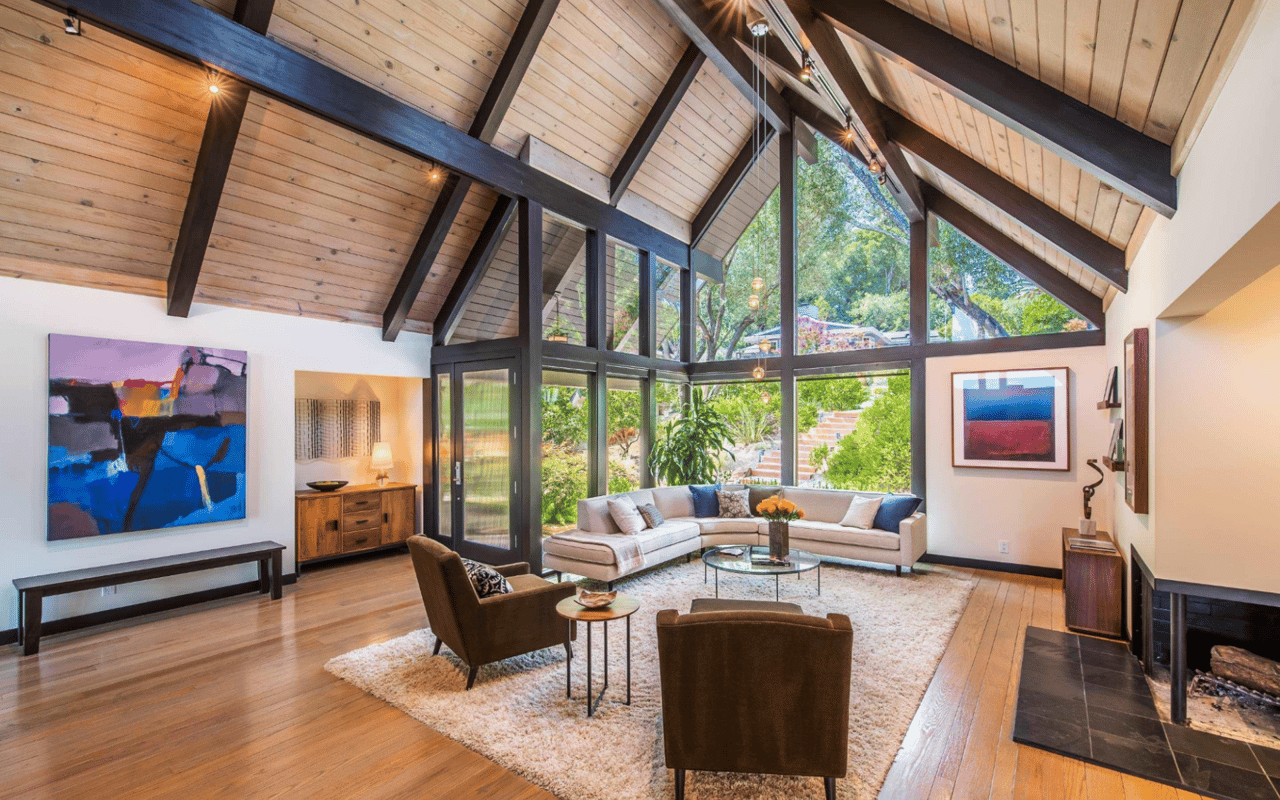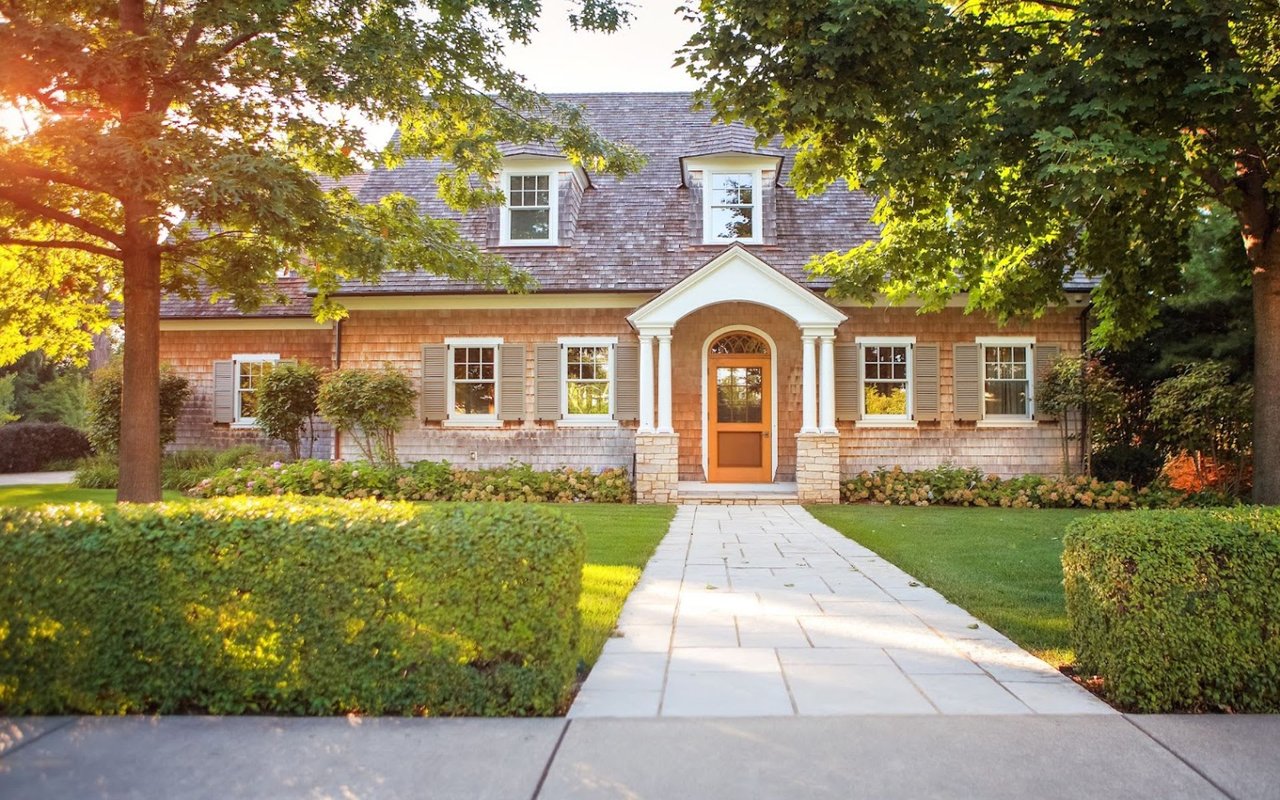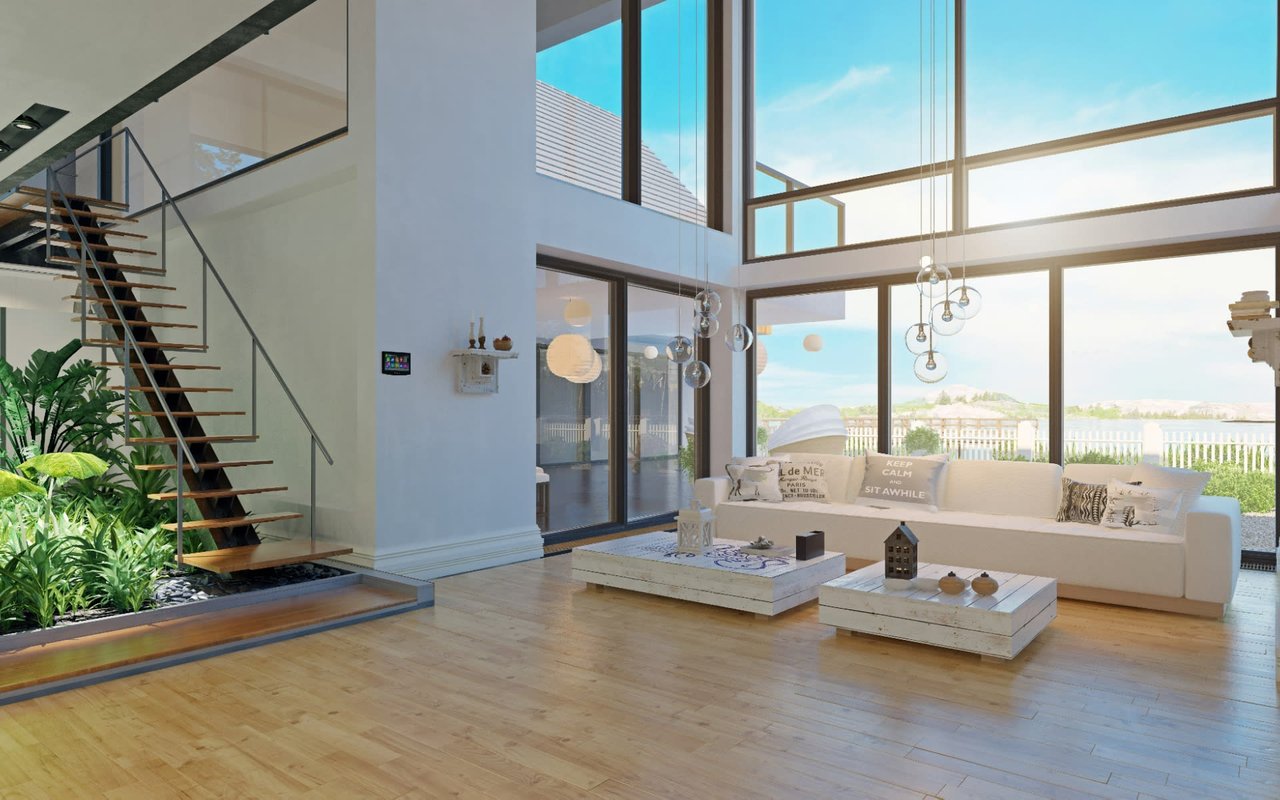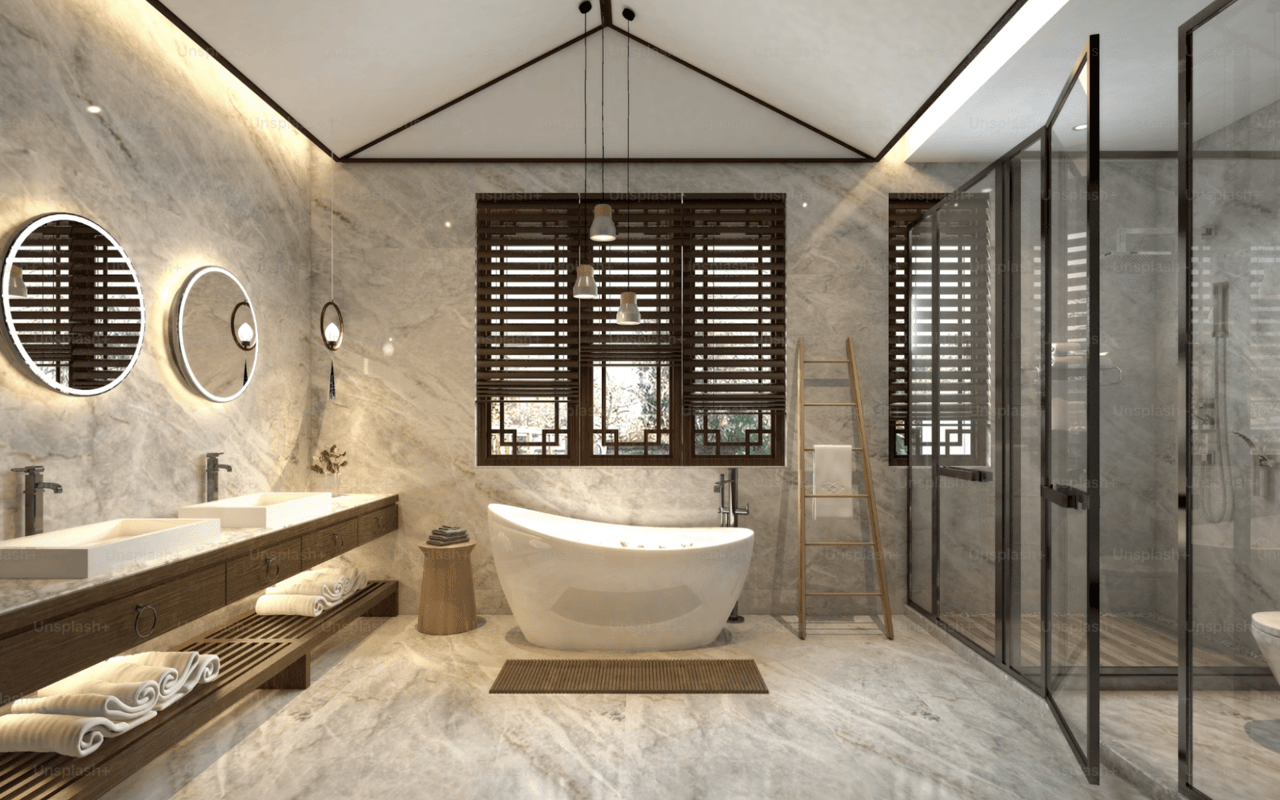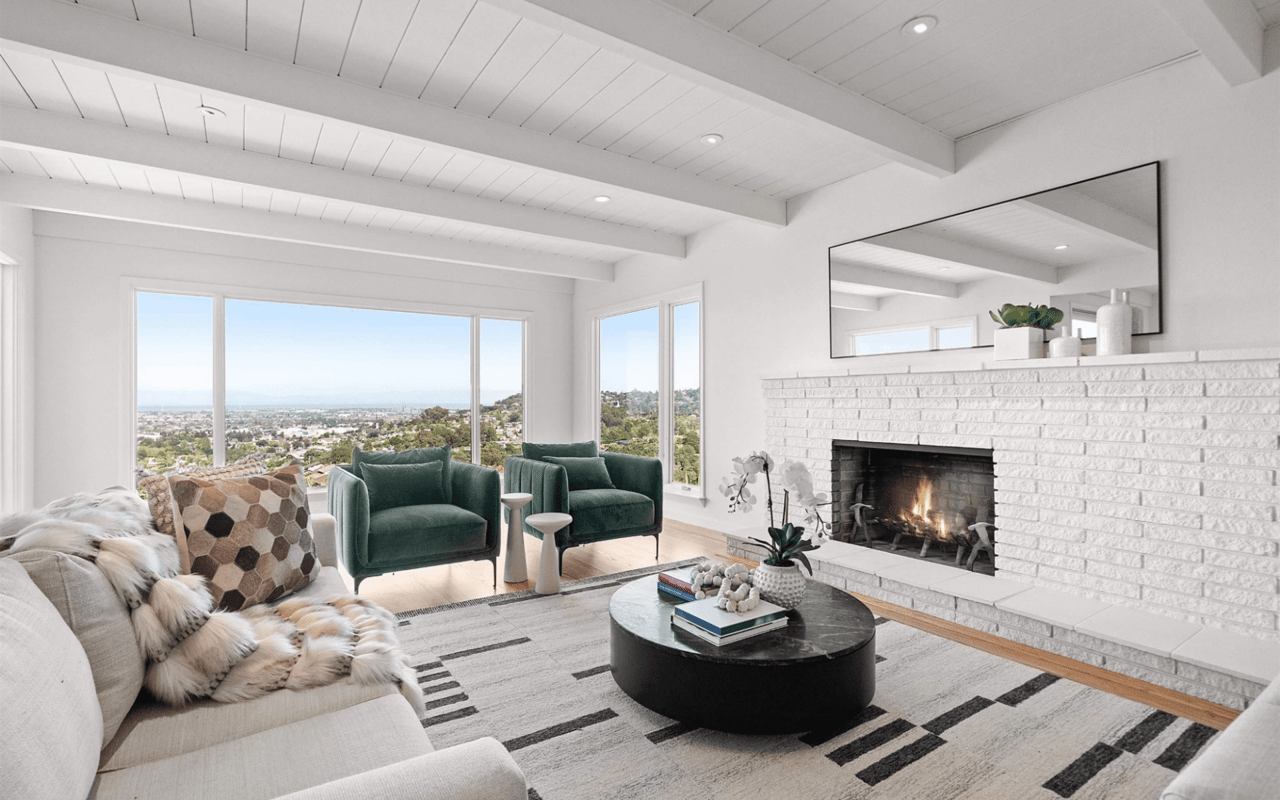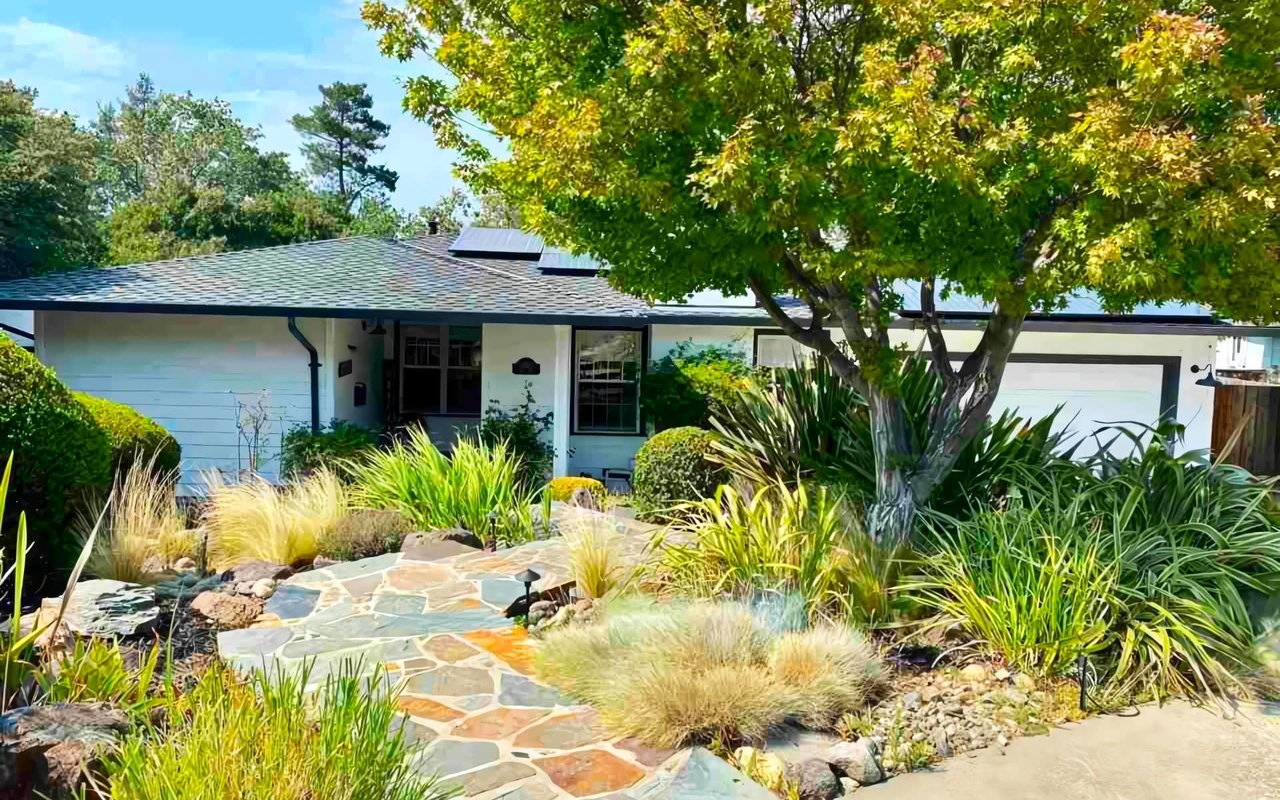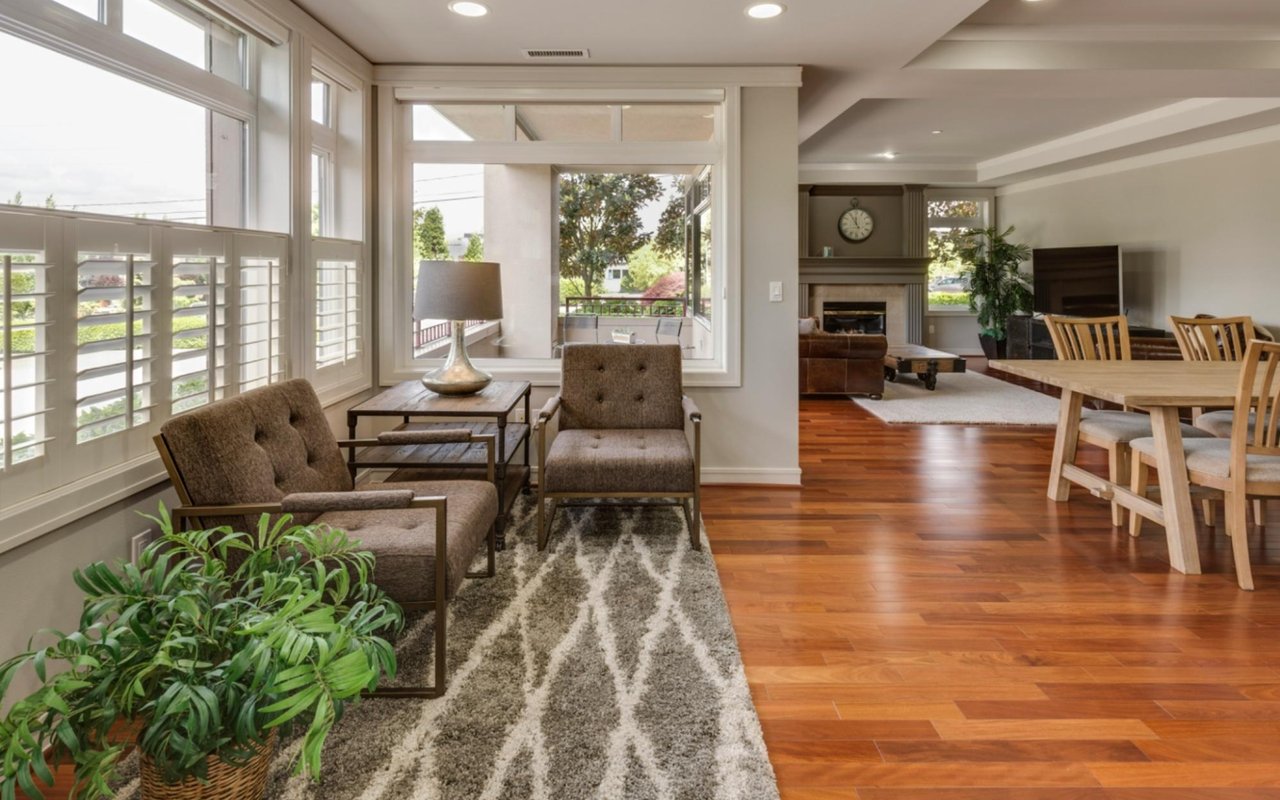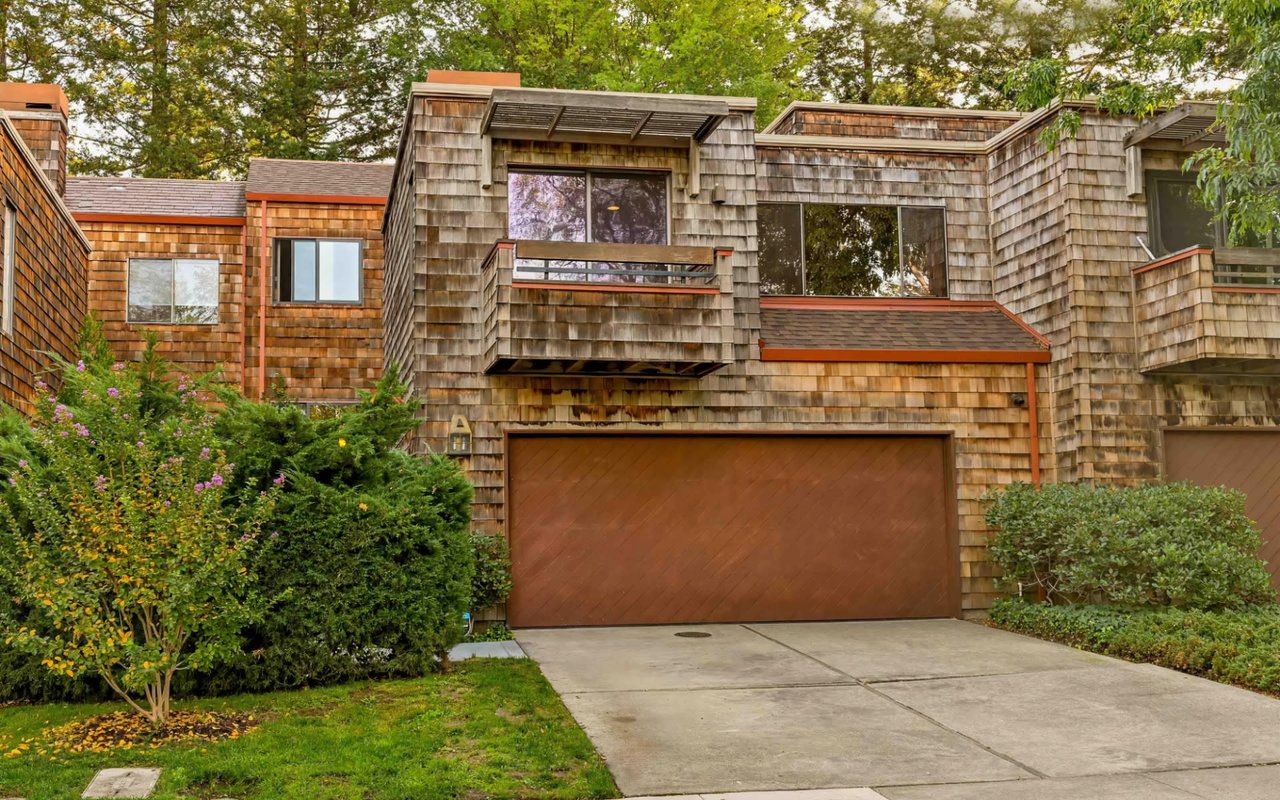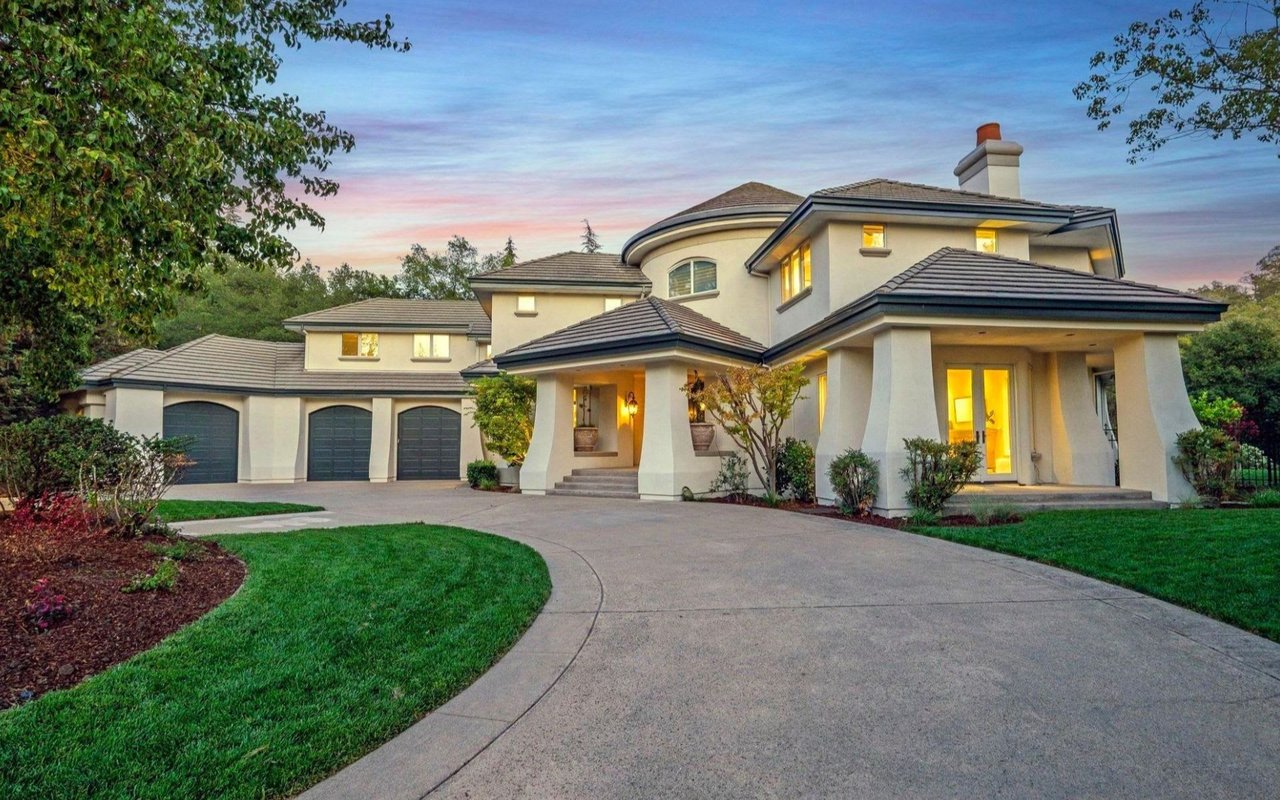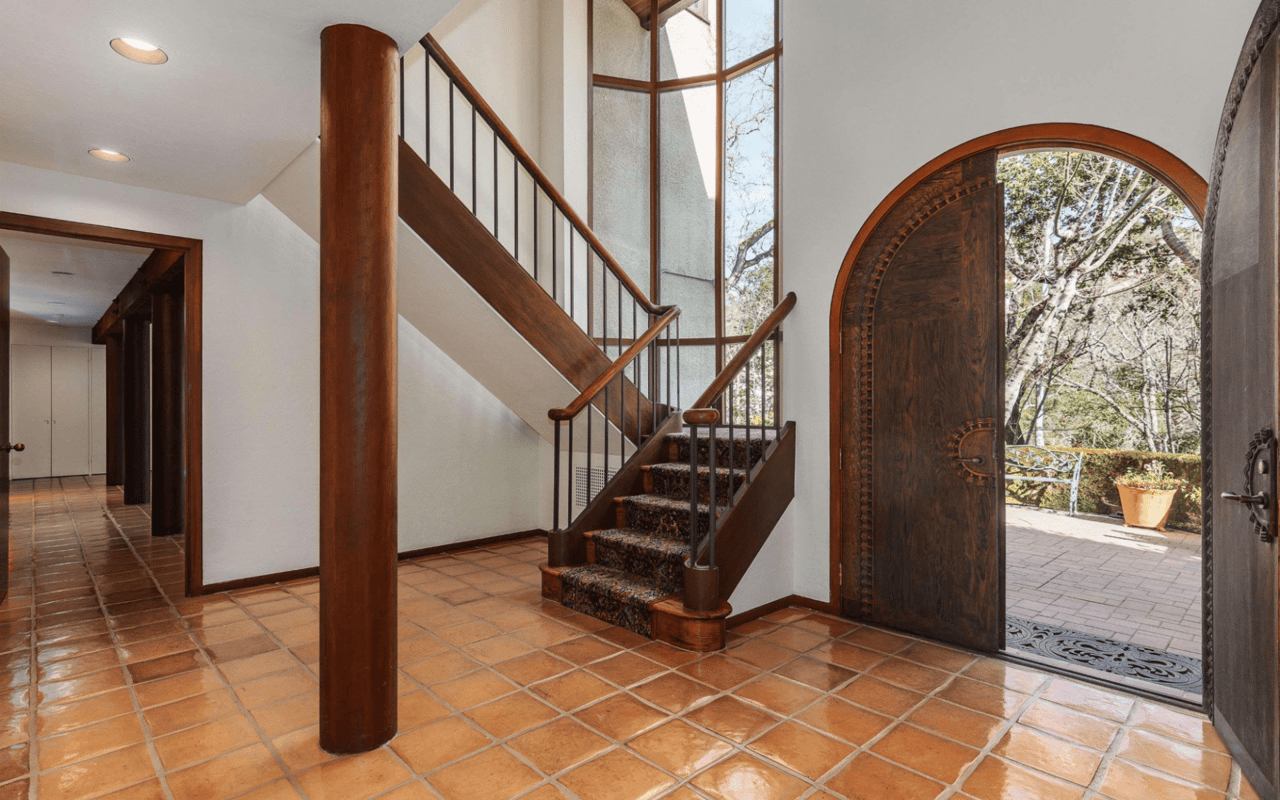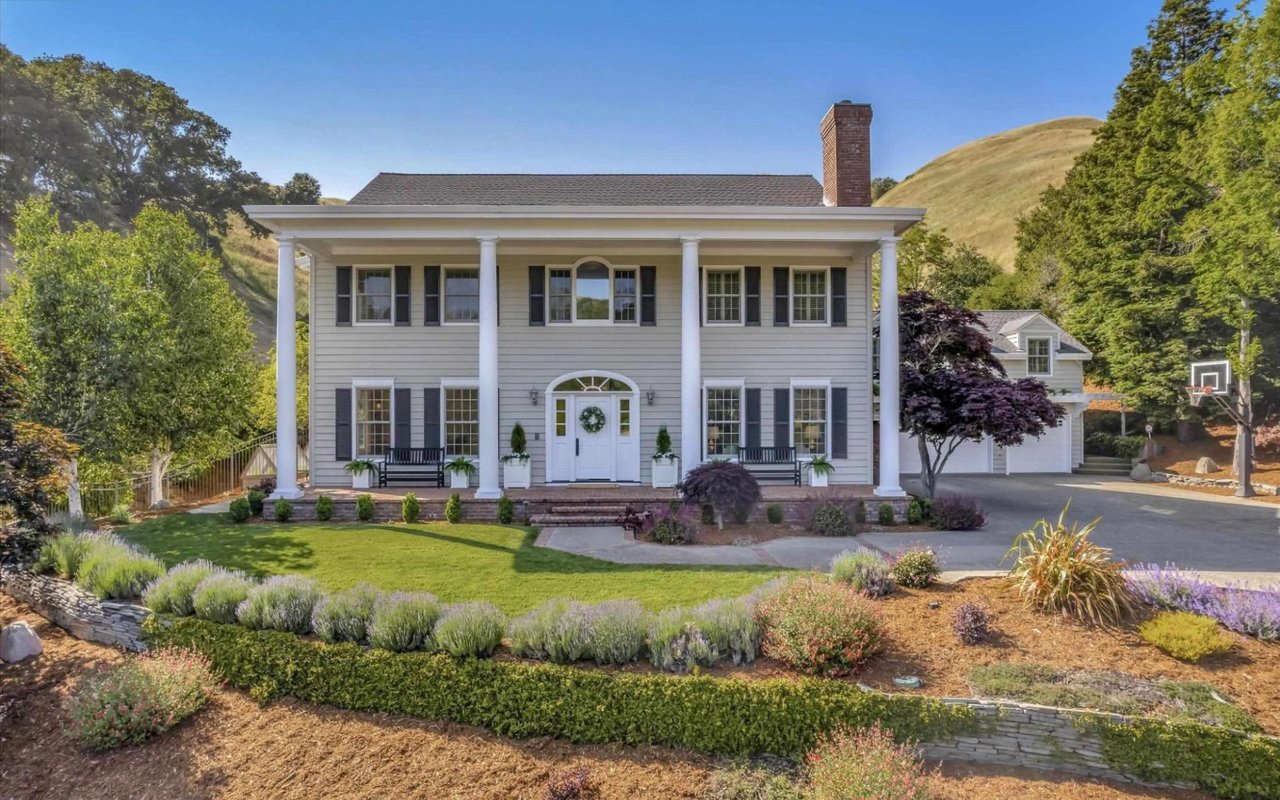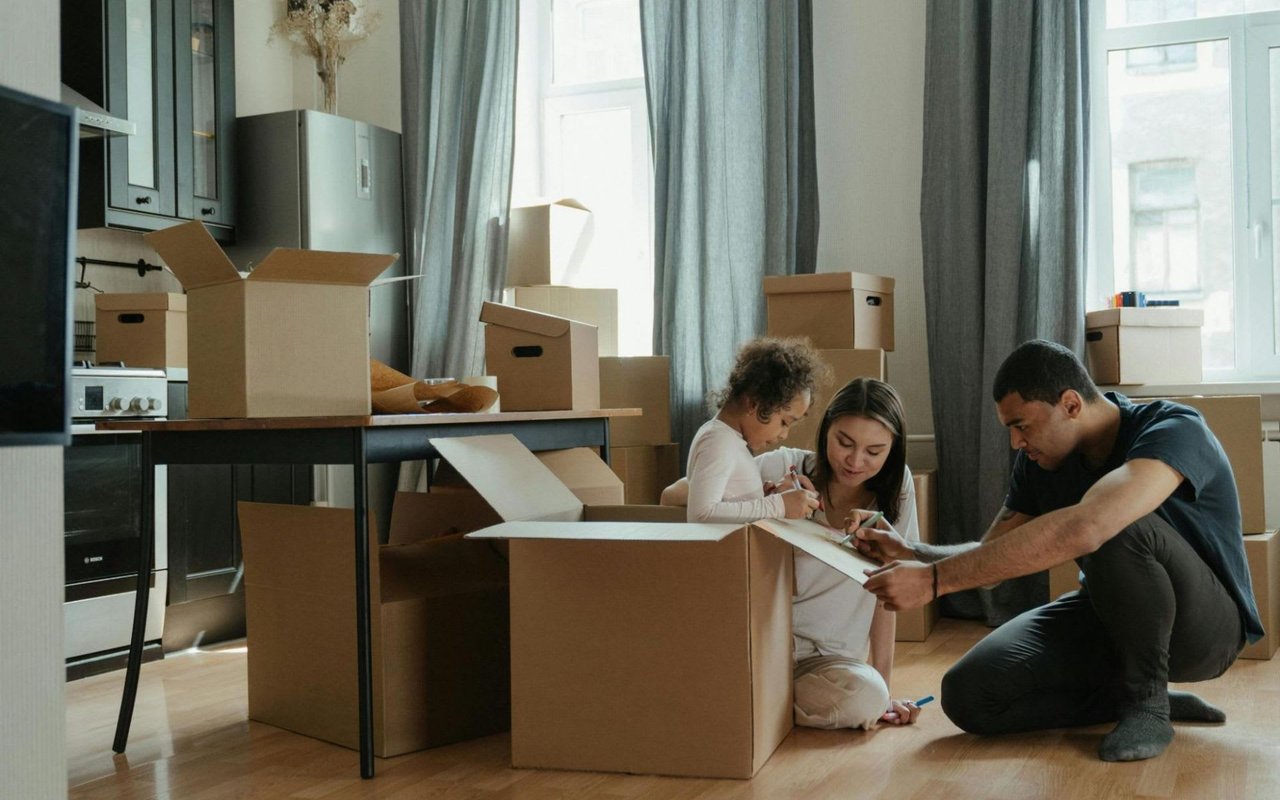One of the questions I hear often from clients here in Lafayette is, How can I make my home more energy efficient without spending a fortune? The good news is that improving your home’s energy efficiency doesn’t have to mean major renovations or big expenses. Small, smart upgrades can go a long way in lowering utility bills, boosting comfort, and even increasing your home’s value — especially if you’re thinking about selling in the future.
Here are six practical and affordable ways you can make your home more energy efficient right now.
1. Seal Air Leaks to Keep Your Home Comfortable
Air leaks around windows, doors, and other openings are one of the most common reasons a home loses energy. In a place like Lafayette, where we see a range of temperatures throughout the year, sealing those leaks helps keep your indoor climate consistent — without making your HVAC system work overtime.
Weatherstripping and caulking are two of the easiest and cheapest solutions. A quick trip to your local hardware store, a bit of DIY effort, and you’ll be surprised how much more comfortable (and energy efficient) your home feels. Installing door sweeps at the bottom of exterior doors can also help block out drafts.
2. Switch to Energy-Efficient Lighting
Lighting is an easy place to start saving energy. If you’re still using traditional incandescent bulbs, consider making the switch to LED bulbs. They use up to 80% less energy and last much longer, so the savings add up quickly.
You can take it a step further by adding dimmers, timers, or motion sensors to your lighting setup. These small changes ensure lights aren’t burning energy unnecessarily when rooms aren’t in use.
3. Install a Programmable or Smart Thermostat
If you don’t already have a programmable thermostat, this is a great investment that pays for itself over time. A programmable thermostat helps you control your heating and cooling system so it’s only working when you need it — like lowering the heat at night or when you’re away during the day.
For a little more, smart thermostats give you added flexibility, allowing you to adjust settings from your phone no matter where you are. I always recommend this upgrade to clients aiming for energy-efficient homes in Lafayette CA.
4. Add Insulation Where It Counts
Insulation plays a huge role in keeping your home’s temperature steady. If you’re looking for cost-effective home upgrades that make a difference, consider adding insulation to the attic first — it’s one of the biggest areas where heat loss happens.
Also, don’t overlook water heater blankets and pipe insulation. These are inexpensive, easy-to-install options that help reduce heat loss and save energy.
5. Use Window Treatments for Better Temperature Control
Your windows have a big impact on how warm or cool your home feels. Cellular shades (or honeycomb shades) are a smart, affordable choice because they add a layer of insulation and help regulate temperature.
During the warmer months in Lafayette, reflective window films can help block excess heat from the sun and reduce the need for air conditioning. These are simple, inexpensive solutions that make a noticeable difference.
6. Make Small Changes to Appliance Habits
Finally, adjusting how you use your appliances can contribute to meaningful energy savings:
-
Run full loads in your dishwasher and washing machine to get the most out of each cycle.
-
Wash clothes in cold water whenever possible.
-
Air-dry clothes instead of using the dryer.
-
Unplug devices or use power strips to avoid phantom energy use from electronics when they’re not in use.
These changes don’t cost a thing but can lower your utility bills over time.
Ready to Make Your Lafayette Home More Energy Efficient?
Boosting your home’s energy efficiency doesn’t have to be overwhelming or expensive. With these cheap ways to improve energy efficiency, you can start seeing the benefits right away — whether your goal is to create a more comfortable living space, lower your utility costs, or prepare for a future sale.
If you’d like personalized advice on Lafayette home upgrades or want to explore how these changes can add value to your property, reach out to the Kelly Crawford Team today. We’re here to help you make smart improvements that align with your goals.
